
One of the world’s leading publishers of printed classical and educational music.

Oxford Book of Flexible Choral Songs
- Text
- Oupmusic
- Flexiblevoices
- Alanbullard
- Choral
- Oxford
Bob Chilcott: Catch a
Bob Chilcott: Catch a Falling Star This expressive setting of John Donne’s poem demonstrates Chilcott’s ability to ‘get inside’ a text. His wistful melody, varied vocal textures, and rich harmony combine with the poet’s powerful imagery to create a picture of unsettling beauty. Oliver Tarney: Chimes ‘Chimes’ is a setting of a poem by the writer and suffragist Alice Meynell, who, with her publisher husband Wilfrid Meynell, became a supporter and colleague of Francis Thompson (see Archer’s ‘What is the song the stars sing?’). Tarney writes that for him the words ‘conjure up the wonderfully evocative image of a flight of bells pealing from a bell tower by night’. Ian Assersohn: Dwell on the beauty ‘Dwell on the beauty’ creates an atmosphere of calm reflection and spirituality using secular, humanist words. The text is a short quotation from Marcus Aurelius, the second-century Roman philosopher emperor, who wrote his Meditations for his own guidance and self-improvement. for online perusal only Ben Parry: Eletelephony ‘Eletelephony’ is a setting of a wonderfully quirky poem by the American writer Laura Elizabeth Richards. The composer writes: ‘What fun to have the challenge of writing a song that is complete nonsense! Thoughts that immediately sprang to mind when I was coming up with a musical theme were zany, silly, and ludicrous, and that is how it needs to be performed as well!’ Toby Young: Fall, leaves, fall This setting of Emily Brontë’s ‘Fall, leaves, fall’ captures the delicate elegance of autumn by highlighting the contrast between the rich colours of the leaves and their brittle and fragile textures. Young writes: ‘I was particularly inspired by the way that leaves become suspended over the ground in their final moments—seemingly timeless as they hang, barely attached to the branches.’ John Dowland, adap. Alan Bullard: Flow my tears Originally composed as a slow instrumental dance entitled Lachrimae Pavane, and later published as a song for voice and lute, this beautifully sorrowful piece was one of the most popular works of its time, bearing out Dowland’s own witty but partially true epithet ‘semper dolens’ (always doleful). Alan Bullard: Four Bird Songs I set myself a little challenge with these four songs: to write short character pieces in two parts that could be performed by any voice group, achieving contrasting moods within a short space of time, and that could be performed as a set or separately. The first song, a setting of Alfred, Lord Tennyson’s description of the mysterious and unfathomable owl, suggested a lively sense of colour and atmosphere within a nineteenth-century context of windmills, haymaking, and milk-maids. By contrast Tennyson’s vividly portrayed eagle, in the second song, could be for any century, deftly summing up power, skill, and the fight for survival in just a few lines, to which I respond with a simple upward and downward movement, ending with a dramatic twist. xiii
Almost every choral singer knows Orlando Gibbons’s ‘The silver swan’, and for my third song I have taken his anonymous text and aimed to suggest the glorious period of the English madrigal by paying gentle tribute to Gibbons’s setting. This age-old belief of the swan singing as it approaches death can also be seen, in less restrained form, in Grieg’s ‘A Swan’. The fourth song is ‘The Robin’. John Clare’s poetry often celebrates the rural life of which he was a part, and these lines, taken from his long poem The Shepherd’s Calendar, show acute observation and wit, to which I hope I have responded in kind! Trad. English folk song, arr. Ralph Vaughan Williams: Greensleeves Ralph Vaughan Williams was one of several musicians involved in the English folk song revival at the turn of the twentieth century, visiting villages around the United Kingdom, talking to folk singers, and notating their songs to preserve them for future generations. This arrangement of ‘Greensleeves’ clothes the original folk song with a lovely range of colours and textures. for online perusal only Libby Larsen: If I can stop one heart from breaking Libby Larsen responds to the studied simplicity of Emily Dickinson’s spiritual poem with a slowly unfolding and fluid melodic line. She writes: ‘I worked to partner Dickinson’s language by using economy of rhythm along with clear, unfettered counterpoint and, here and there, intentionally tailored word-painting, such as “or help one fainting robin unto his nest again”.’ This piece is the third movement of Today, this Spring, originally for upper voices and piano. Thomas Morley, arr. Alan Bullard: It was a lover and his lass This well-known setting, originally for voice, lute, and bass viol, was first published in Morley’s First Book of Ayres or Little Short Songs in 1600. The bass viol part was printed upside down so that the performers could sit around a table and all see the music. The poem is found in Shakespeare’s As You Like It (1599), though the closeness of the dates has led some scholars to suggest that both Shakespeare and Morley were using an already existing poem. Pierre Certon: La, la, la Pierre Certon wrote much music for the church, but he is particularly known for his secular pieces such as this lively and slightly risqué gossipy song. It is typical of the lighthearted chansons that were popular in sixteenth-century Paris. Trad. Spanish, arr. Alan Bullard: Juanita (A Spanish Ballad) The words of this popular song were written by the Hon. Mrs Caroline Norton, whose unhappy marriage led her to campaign successfully for the rights of divorced women to have custody of their children and to own their own property. Against this background, the sentimental text has a somewhat poignant feel. The melody is derived from a Spanish folk song, with, probably, some input from Norton’s contemporary T. G. May. Alison Willis: My Boy Jack Rudyard Kipling’s poem My Boy Jack, inspired by his work as a journalist during the Battle of Jutland in the First World War, probably refers to ‘Jack Tar’—the generic name for all sailors. The composer writes that the setting reflects the constant movement of the sea in the piano accompaniment, with the key changes portraying the rising hysteria of the speaker asking for news of their lost son. xiv
- Page 1 and 2: EDITED BY ALAN BULLARD 2 THE OXFORD
- Page 3 and 4: 1 Great Clarendon Street, Oxford OX
- Page 5 and 6: • If your choir is TB, you can si
- Page 7 and 8: TITLE COMPOSER NO. PAGE I should fo
- Page 9 and 10: Listing by Category and Theme Scori
- Page 11 and 12: The Gartan Mother’s Lullaby Trad.
- Page 13: Notes about the Songs Alan Bullard:
- Page 17 and 18: William H. Penn, arr. Alan Bullard:
- Page 19 and 20: for online perusal only
- Page 21 and 22: 2 S A Bar or Unis. Piano in memory
- Page 23 and 24: 4 A flower remembered 17 mp mf & b
- Page 25 and 26: 6 A flower remembered 29 & < ‹ >
- Page 27 and 28: ∏∏∏∏∏∏∏∏∏∏∏
- Page 29 and 30: 10 A Swan 10 ° & # # ?# ¢ # ∑ &
- Page 31 and 32: 12 S A (T) (B) or T B (Percussion)
- Page 33 and 34: S. A. T. B. 14 All will be well { 2
- Page 35 and 36: 16 All will be well 41 ° & bb b b
- Page 37 and 38: 18 All will be well 56 ° & bb b b
- Page 39 and 40: 20 As She Goes S./A. 12 ° & # # #
- Page 41 and 42: 22 As She Goes 34 ° & # # # # ?#
- Page 43 and 44: 24 As She Goes 54 ° 3 & # # # #
- Page 45 and 46: 26 Calm and deep peace / Simple Gif
- Page 47 and 48: 28 Calm and deep peace / Simple Gif
- Page 49 and 50: 30 Calm and deep peace / Simple Gif
- Page 51 and 52: 32 S A (Bar) or T B 7. Canzonet Tho
- Page 53 and 54: 34 Voices 1 2 3 4 8. Celebrate! Wor
- Page 55 and 56: 36 S (A) (T B) or T B (Piano) 9. Ch
- Page 57 and 58: 38 Cherry ripe 21 poco rit. ° & ?
- Page 59 and 60: 40 Cherry ripe ° & ? # œ nnœœ
- Page 61 and 62: 42 Catch a Falling Star S./A. 8 °
- Page 63 and 64: 44 Catch a Falling Star 20 ° & #
- Page 65 and 66:
46 Catch a Falling Star 38 SOPRANO
- Page 67 and 68:
48 Catch a Falling Star 53 ° & # #
- Page 69 and 70:
∏∏∏∏∏ 50 Catch a Falling
- Page 71 and 72:
52 Chimes & bb b { { 10 From mf the
- Page 73 and 74:
54 Chimes S. 29 ° & b œ j œ œ
- Page 75 and 76:
56 Chimes 47 ° & bb b mf Œ. œ œ
- Page 77 and 78:
58 Chimes 69 ° & bb b nœ. œ. œ.
- Page 79 and 80:
60 S (A) (Bar) Piano 12. Dwell on t
- Page 81 and 82:
62 Dwell on the beauty 21 ° & bb b
- Page 83 and 84:
64 Dwell on the beauty 40 ° & bb b
- Page 85 and 86:
66 Eletelephony 1 13 ° & < ‹ > (
- Page 87 and 88:
68 Eletelephony ° & < ‹ > ¢ & <
- Page 89 and 90:
5 A 70 Voices 1 2 Piano for Cantiam
- Page 91 and 92:
72 Fall, leaves, fall 21b ° # & #
- Page 93 and 94:
74 S (A) (T) (B) or T B (Piano) 15.
- Page 95 and 96:
76 Flow my tears 17 ° & & & ‹ ?
- Page 97 and 98:
78 Flow my tears 31 ° & & & ‹ ?
- Page 99 and 100:
80 Flow my tears 46 ° & & œ œ ˙
- Page 101 and 102:
82 The Owl 26 ° & b b < ‹ > ¢ &
- Page 103 and 104:
84 Four Bird Songs Voices 1 2 Anon.
- Page 105 and 106:
86 Four Bird Songs Voices 1 2 John
- Page 107 and 108:
∏∏∏∏∏∏∏∏∏∏∏
- Page 109 and 110:
∏∏∏∏ 90 Greensleeves 22 °
- Page 111 and 112:
92 S A (T) (B) Piano Commissioned b
- Page 113 and 114:
94 If I can stop one heart from bre
- Page 115 and 116:
96 It was a lover and his lass 8 °
- Page 117 and 118:
98 It was a lover and his lass 23
- Page 119 and 120:
100 S A (T) (B) or T B 23. La, la,
- Page 121 and 122:
102 La, la, la 26 ° & bb œ # œ
- Page 123 and 124:
104 Juanita 9 ° & # # ˙ œ œ œ
- Page 125 and 126:
106 Voices 1 (2) 3 (4) Piano 25. My
- Page 127 and 128:
108 My Boy Jack ° # & < ‹ > # ¢
- Page 129 and 130:
110 My Boy Jack 56 ° # & # # < ‹
- Page 131 and 132:
112 My Boy Jack ° & b b œ. < ‹
- Page 133 and 134:
114 S (A) (Bar) (or S A A) Piano fo
- Page 135 and 136:
116 My heart is like a singing bird
- Page 137 and 138:
S. A. 118 My heart is like a singin
- Page 139 and 140:
120 O’er the Waves Let Us Go 16
- Page 141 and 142:
S. A. 122 O’er the Waves Let Us G
- Page 143 and 144:
S. A. 124 O’er the Waves Let Us G
- Page 145 and 146:
126 S (A) (T) (B) or T B (Drum) 28.
- Page 147 and 148:
128 Voices 1 2 3 Piano Commissioned
- Page 149 and 150:
130 Scarborough Fair 30 ° & b <
- Page 151 and 152:
132 Scarborough Fair ° ¢ & b <
- Page 153 and 154:
134 Voices 1 2 3 Piano 30. Spring (
- Page 155 and 156:
136 Spring ° & < ‹ > ¢ & < ‹
- Page 157 and 158:
138 S A (T) (B) or T B Piano 31. St
- Page 159 and 160:
∏∏∏∏∏∏∏∏∏∏∏
- Page 161 and 162:
∏∏∏∏∏∏ 142 Stars of the
- Page 163 and 164:
∏∏∏∏∏∏∏∏∏∏∏
- Page 165 and 166:
146 Sumer is icumen in 9 ° ¢ & <
- Page 167 and 168:
1 2 3 4 148 Sumer is icumen in 33
- Page 169 and 170:
150 Sumer is icumen in ° # & # œ.
- Page 171 and 172:
152 S A (T) (B) or T B (Piano) 33.
- Page 173 and 174:
154 The Darkened Valley 19 ° & & &
- Page 175 and 176:
156 S (A) (T) (B) (Piano) Seosamh M
- Page 177 and 178:
158 The Gartan Mother’s Lullaby 1
- Page 179 and 180:
160 The Gartan Mother’s Lullaby 4
- Page 181 and 182:
162 S (A) (T) (B) or T B (Piano) 35
- Page 183 and 184:
S. A. T. B. 164 The Honeysuckle and
- Page 185 and 186:
166 The Honeysuckle and the Bee 21
- Page 187 and 188:
168 S (A) (T) (B) or T B Piano 36.
- Page 189 and 190:
170 The Tiger f 23 Tempo I ° > > >
- Page 191 and 192:
172 The Tiger 47 ° > > > > > > > >
- Page 193 and 194:
174 The Water Mill 7 ° & bb b ? ¢
- Page 195 and 196:
176 The Water Mill 29 poco tenuto a
- Page 197 and 198:
178 The Water Mill 49 ° & bb b œ.
- Page 199 and 200:
180 The Water Mill 71 ° & bb b œ
- Page 201 and 202:
182 S (A) (Bar) or T B Piano Commis
- Page 203 and 204:
184 The Truth is Great 17 ° ˙. Œ
- Page 205 and 206:
TACET TACET 186 S (A) (Bar) or T B
- Page 207 and 208:
TACET TACET 188 The Way of Peace 9
- Page 209 and 210:
TACET TACET 190 The Way of Peace °
- Page 211 and 212:
192 There alway something sings 7
- Page 213 and 214:
194 There alway something sings 28
- Page 215 and 216:
196 Three Shakespeare Songs S A (Ba
- Page 217 and 218:
198 Full fathom five 31 ° & & ? ¢
- Page 219 and 220:
200 Full fathom five 54 ° & & f mf
- Page 221 and 222:
202 Three Shakespeare Songs S A (Ba
- Page 223 and 224:
204 Hark, hark, the lark 14 ° & #
- Page 225 and 226:
206 Hark, hark, the lark 28 ° & #
- Page 227 and 228:
208 Three Shakespeare Songs S A (Ba
- Page 229 and 230:
210 You spotted snakes 31 ° & # #
- Page 231 and 232:
S. A. BAR. 212 You spotted snakes 7
- Page 233 and 234:
214 You spotted snakes 109 ° & # #
- Page 235 and 236:
216 To Music 8 ° & # mf # ∑ œ.
- Page 237 and 238:
218 To Music 24 ° & # # ˙. œ œ
- Page 239 and 240:
220 Solo(s) S (A) (Bar) (Piano) 45.
- Page 241 and 242:
222 Tom’s gone to Hilo 25 ° CHOR
- Page 243 and 244:
∏∏∏∏∏∏∏∏∏∏∏
- Page 245 and 246:
226 Tread Softly 12 ° ¢ & # # mf
- Page 247 and 248:
S. A. T. 228 Tread Softly 35 ° & #
- Page 249 and 250:
230 Tread Softly 51 ° & # # & # #
- Page 251 and 252:
232 Tread Softly 63 ° & # # Œ pp
- Page 253 and 254:
234 Voices 1 (2) 3 (4) (Percussion)
- Page 255 and 256:
TACET 236 Two Songs of Quisqueya 7
- Page 257 and 258:
TACET 238 Two Songs of Quisqueya 14
- Page 259 and 260:
240 Two Songs of Quisqueya 20 ° #
- Page 261 and 262:
242 Two Songs of Quisqueya 29 ° #
- Page 263 and 264:
244 S (A) (Bar) (Piano) 48. Under t
- Page 265 and 266:
246 Under the greenwood tree rough
- Page 267 and 268:
248 What is the song the stars sing
- Page 269 and 270:
250 What is the song the stars sing
- Page 271 and 272:
252 What is the song the stars sing
- Page 273 and 274:
254 S (A) (T) (B) or T B Piano 50.
- Page 275 and 276:
256 Where did you get that hat? 15
- Page 277 and 278:
258 Why does he gallop? 8 ° & b Al
- Page 279 and 280:
260 Why does he gallop? 24 ° & b
- Page 282:
The Oxford Book of Flexible Choral
Inappropriate
Loading...
Mail this publication
Loading...
Embed
Loading...
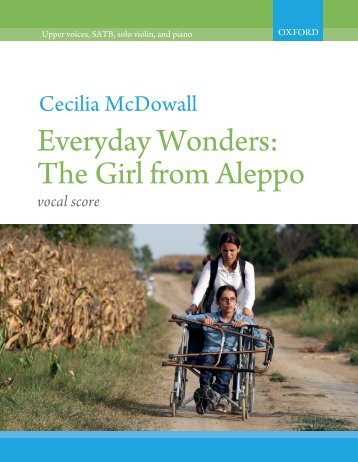

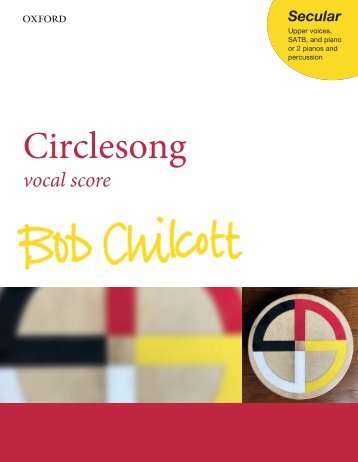
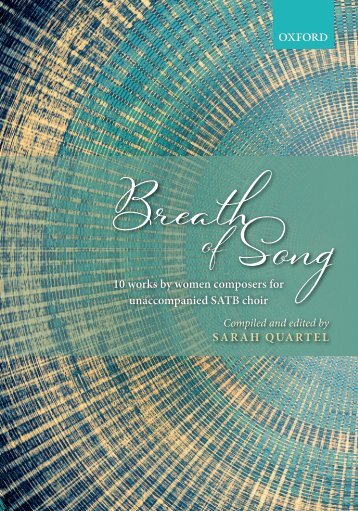
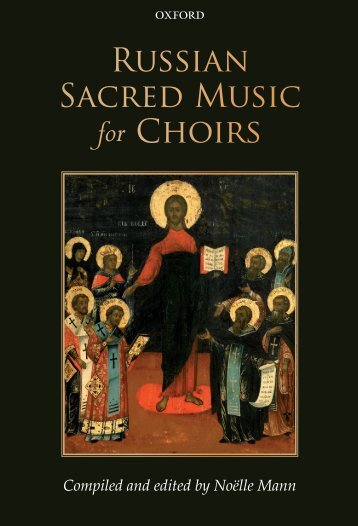

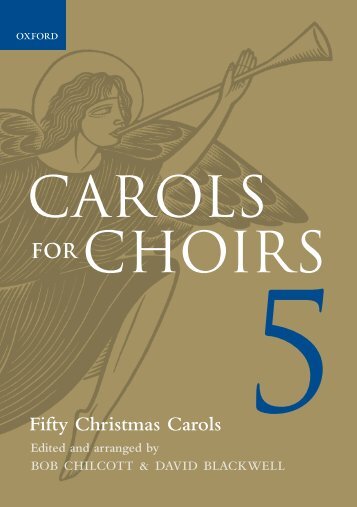

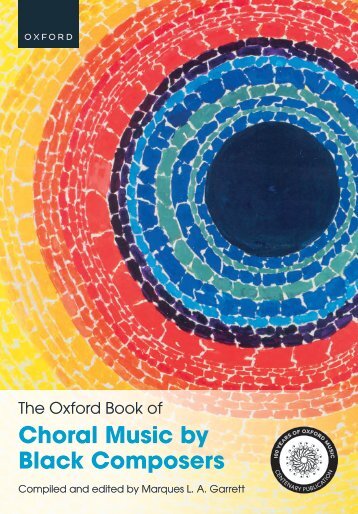
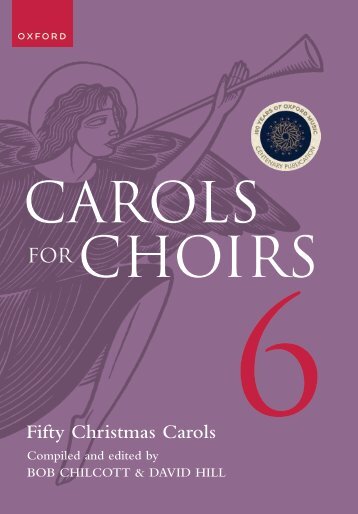

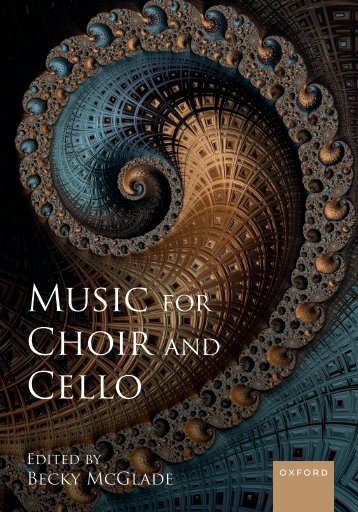

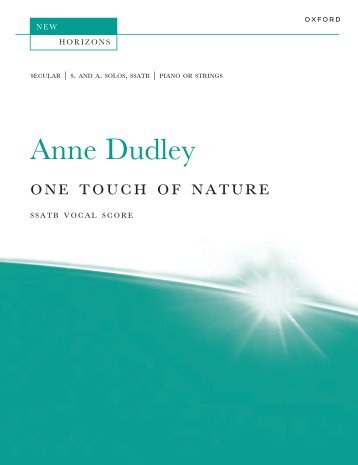

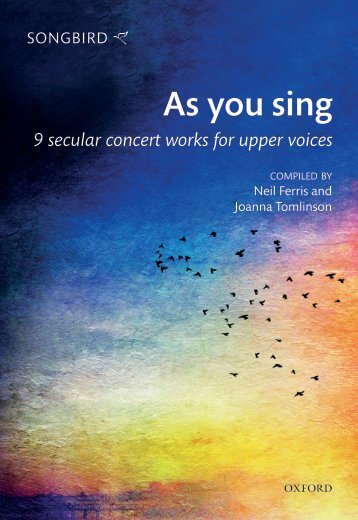
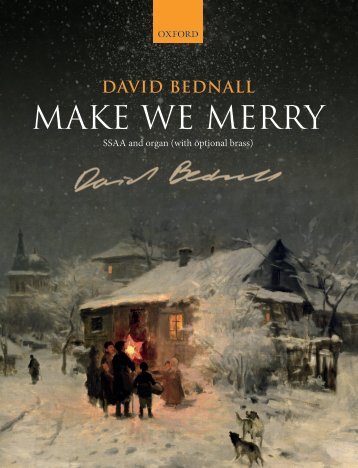
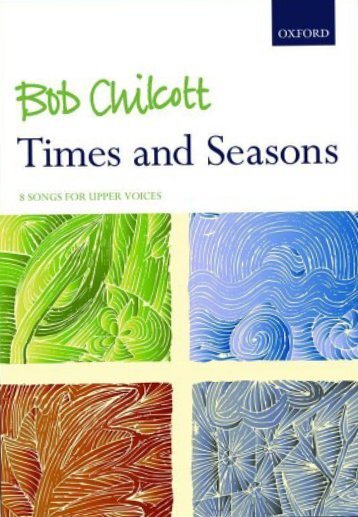


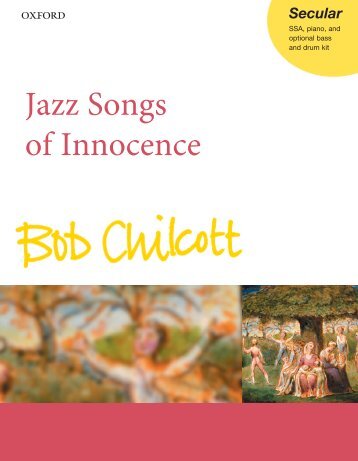
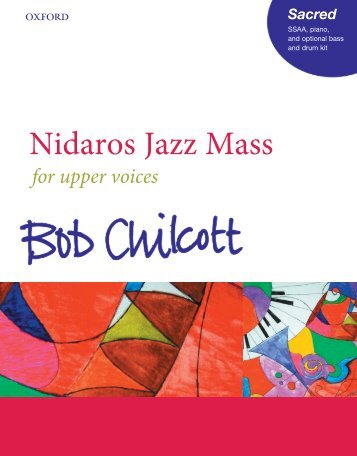
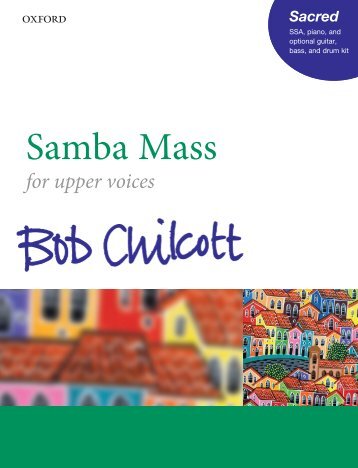


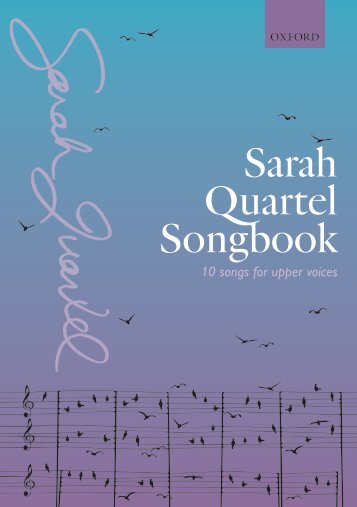
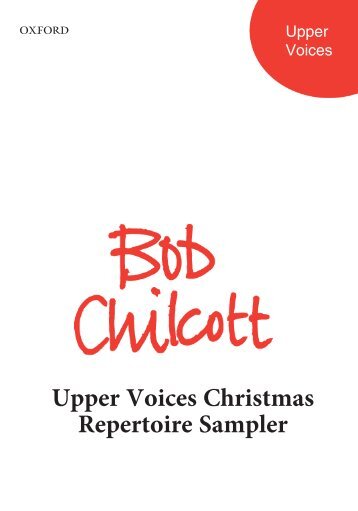

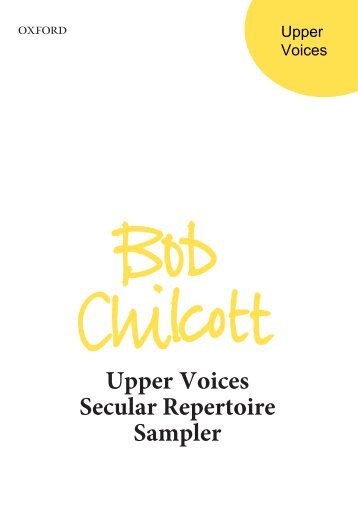

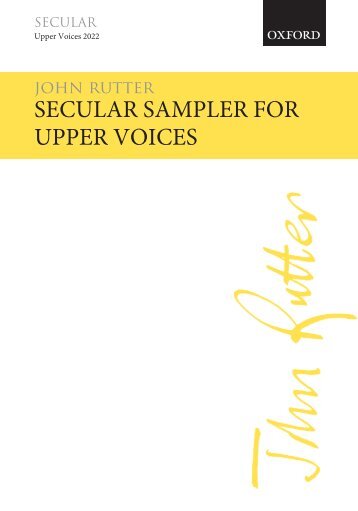
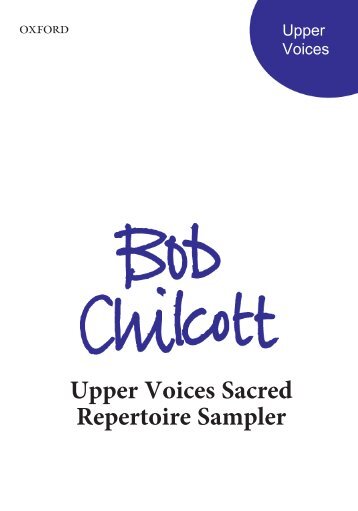


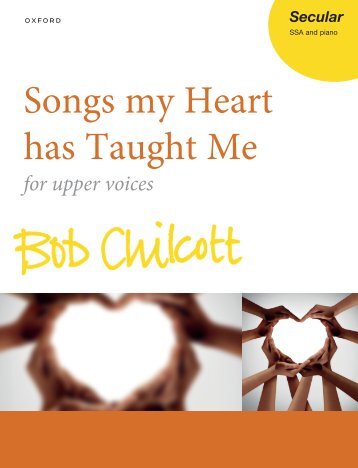
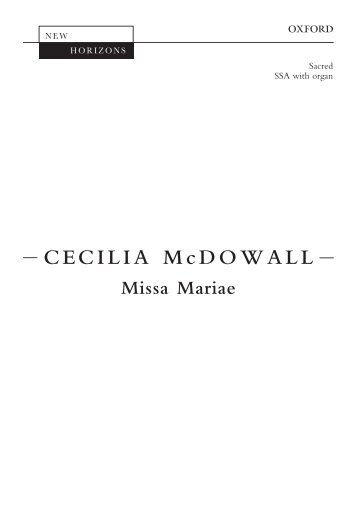
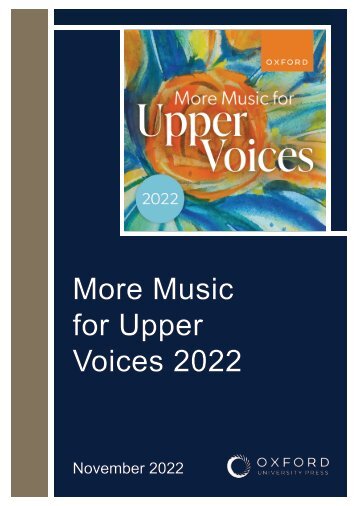
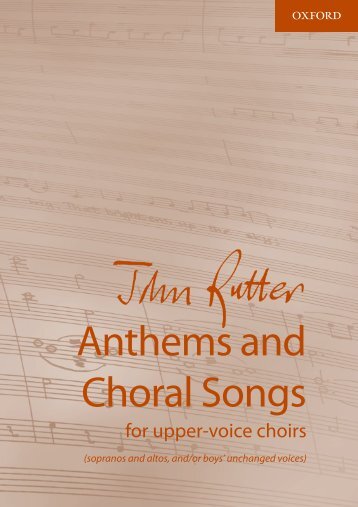

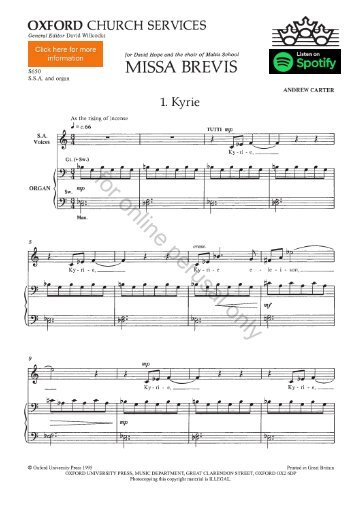
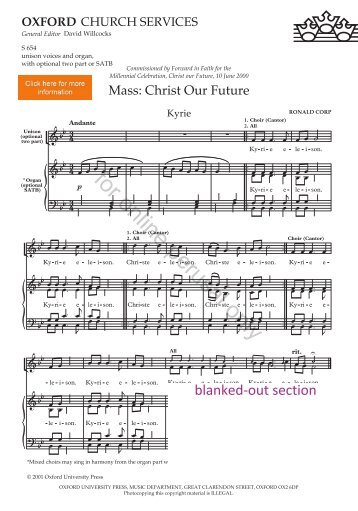
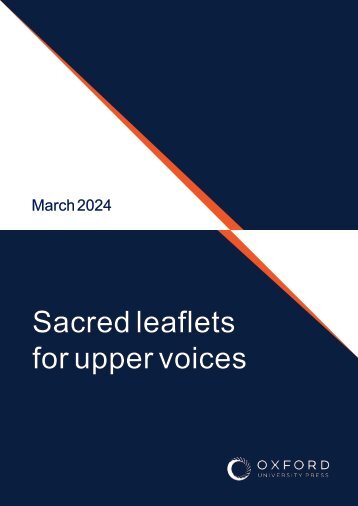
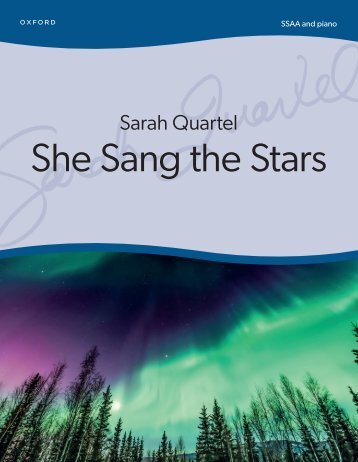

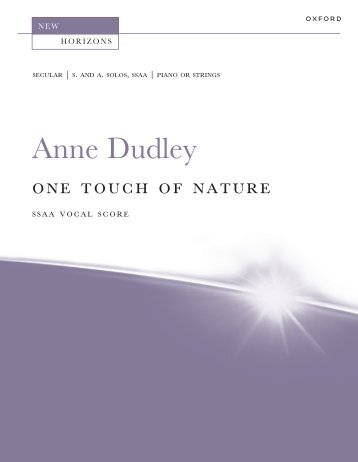
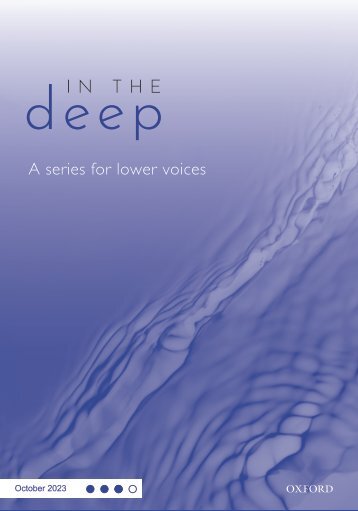
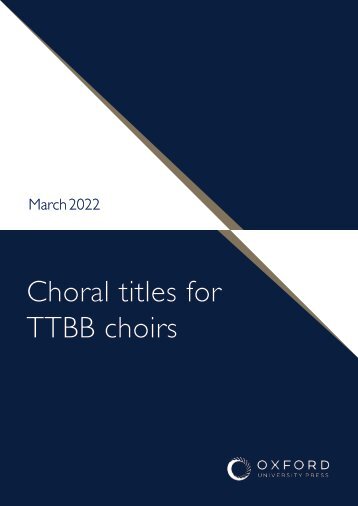
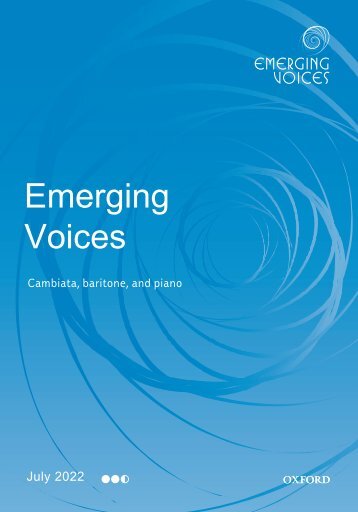
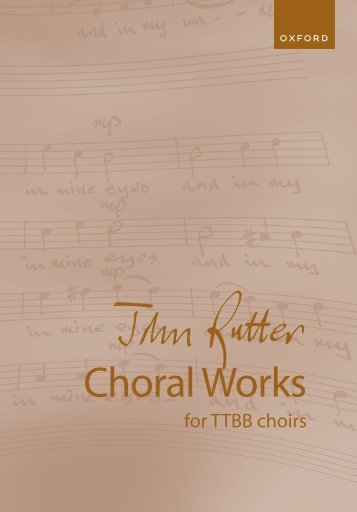
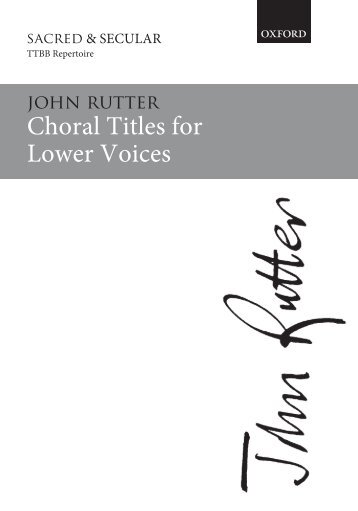
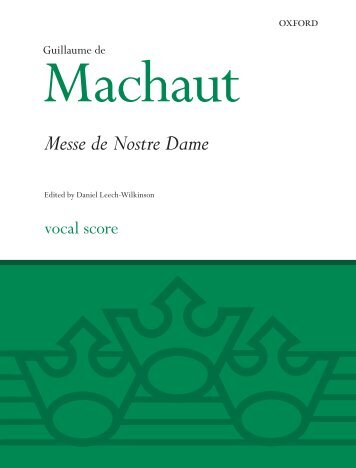
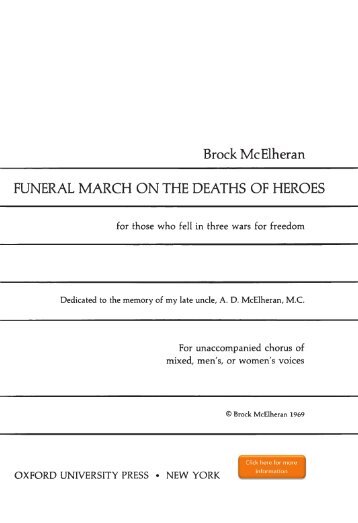

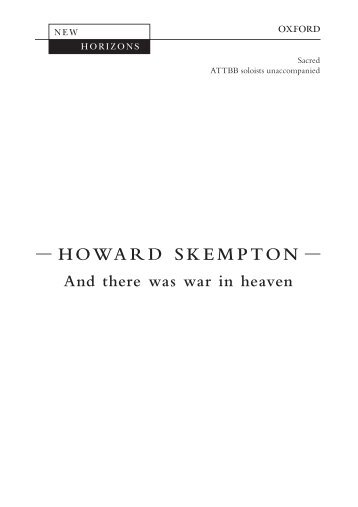
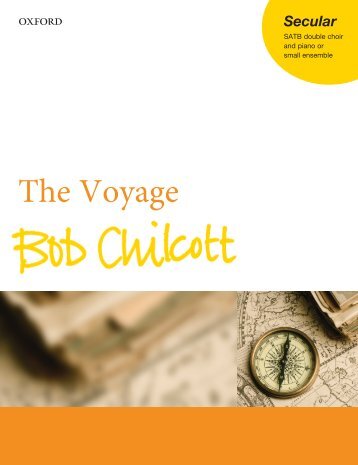
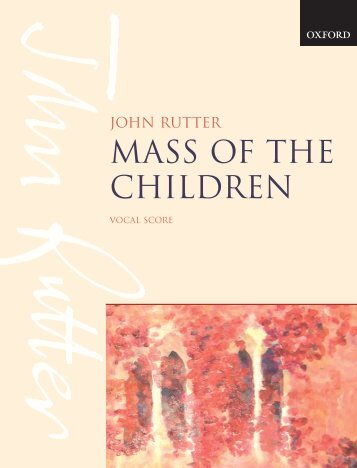
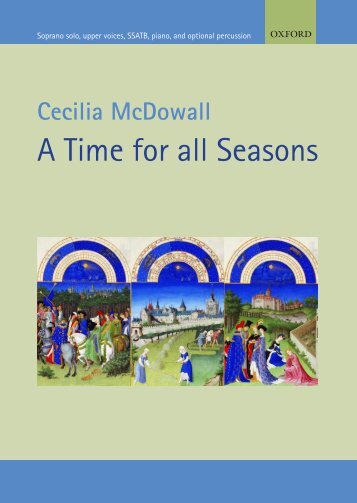
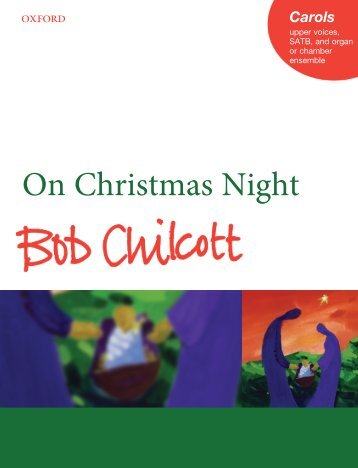
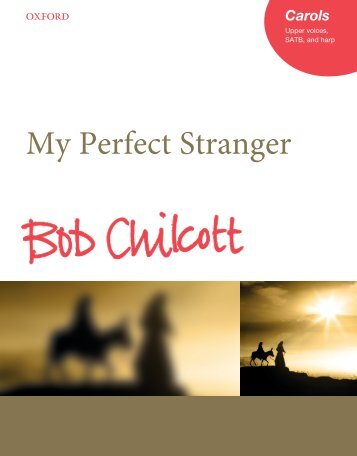
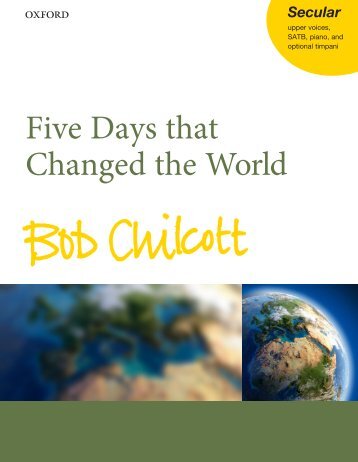
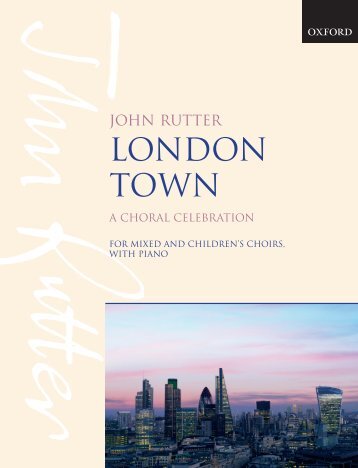

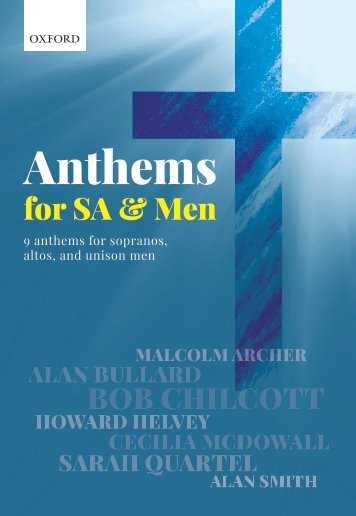
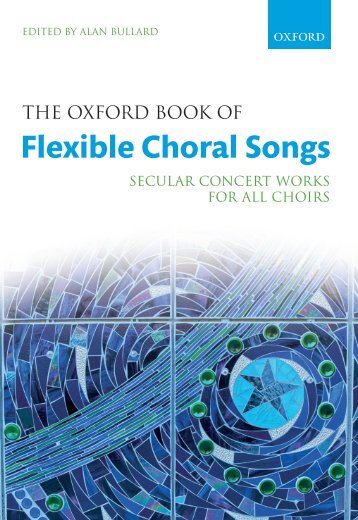
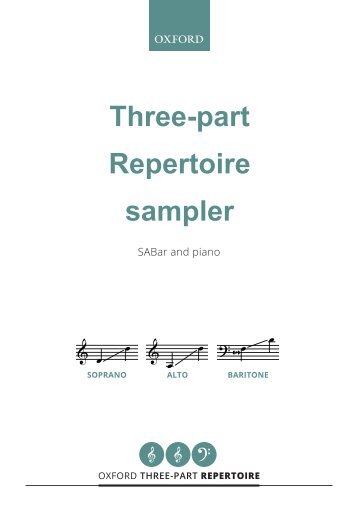

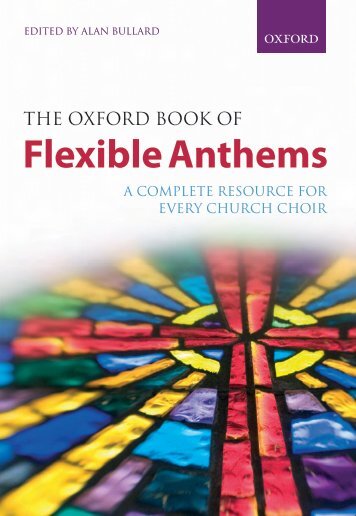


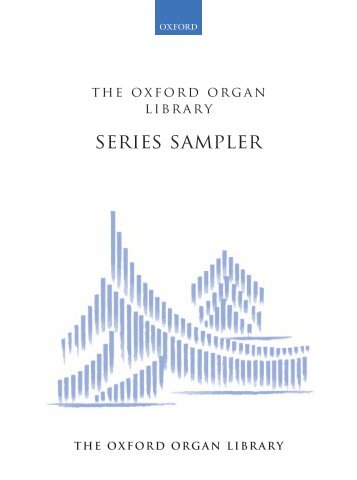
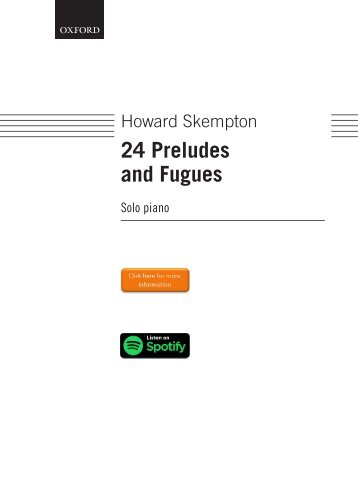
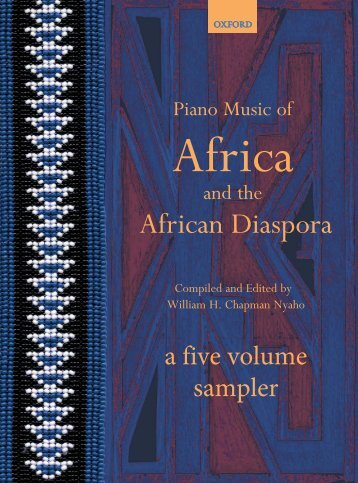
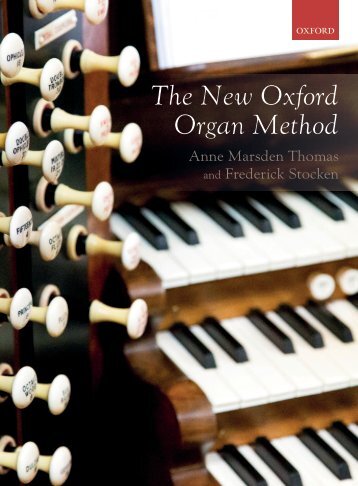
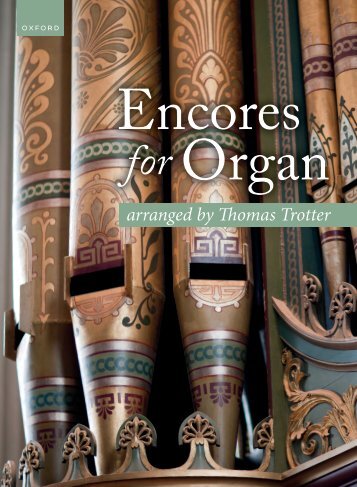


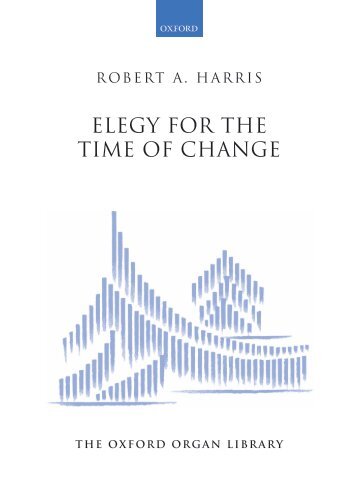


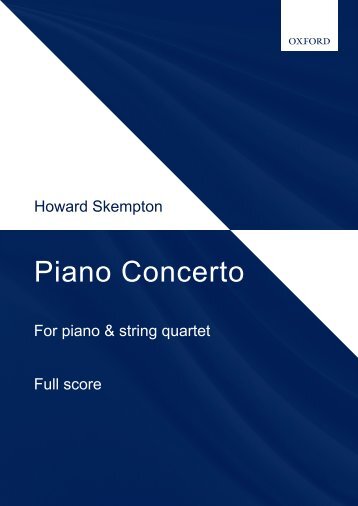
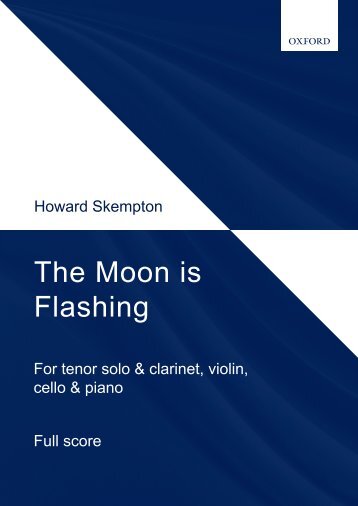
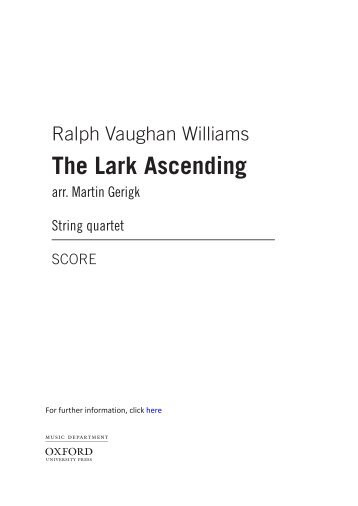
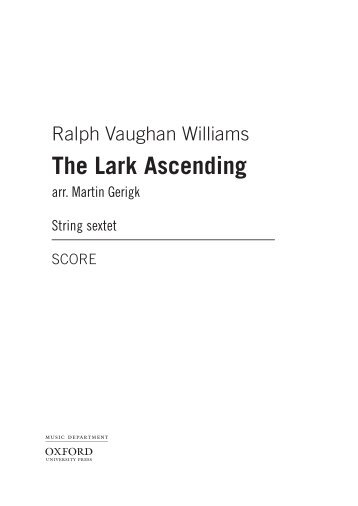
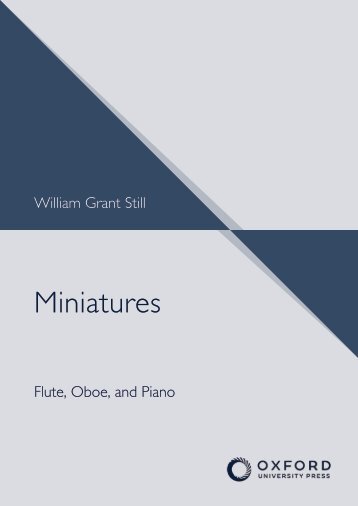
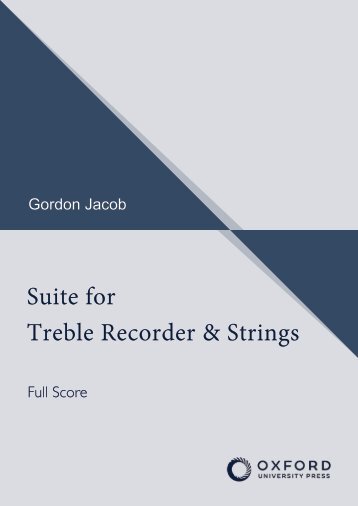
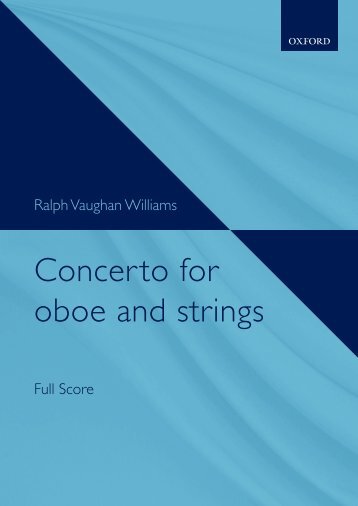
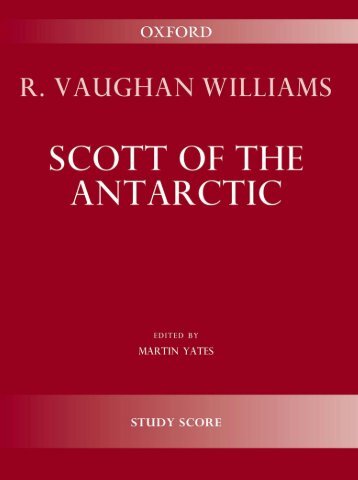
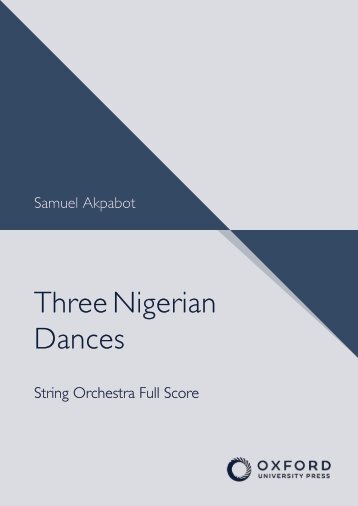


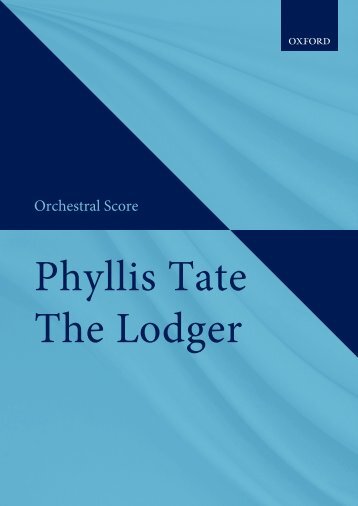

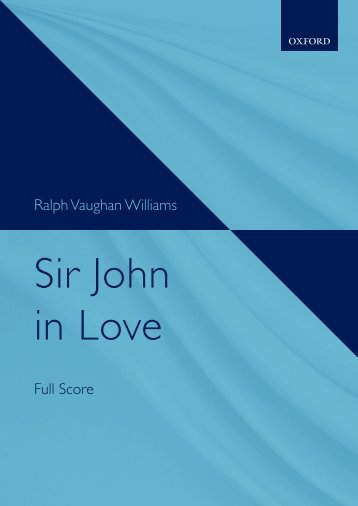


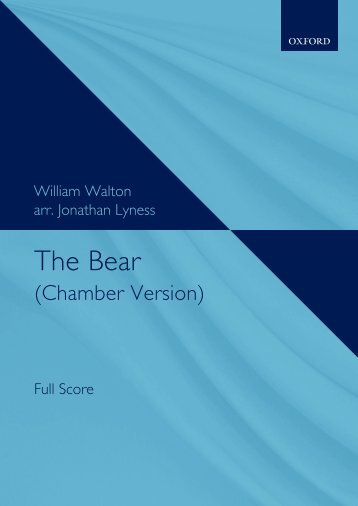

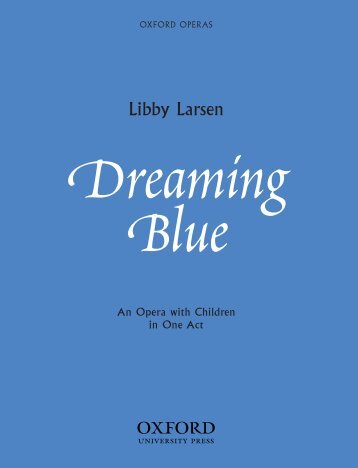
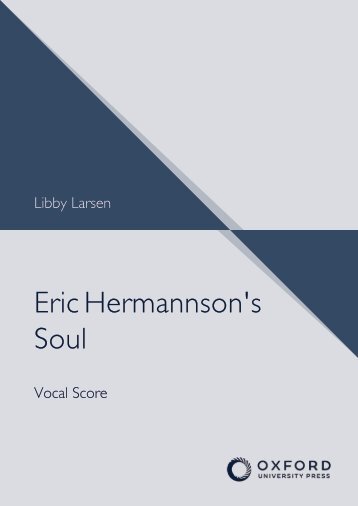
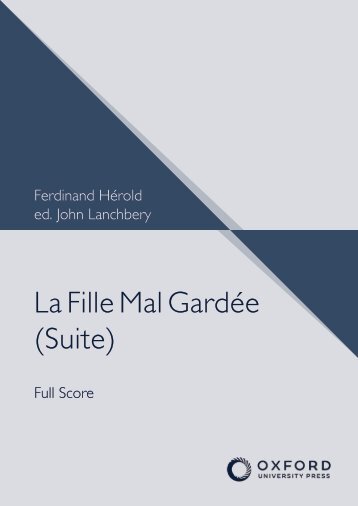
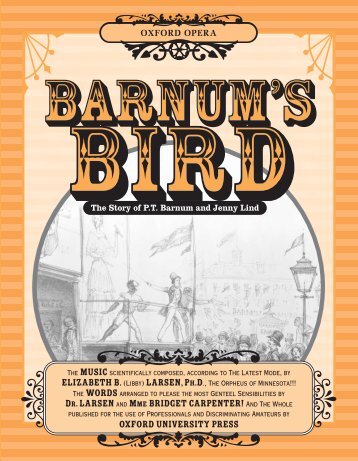




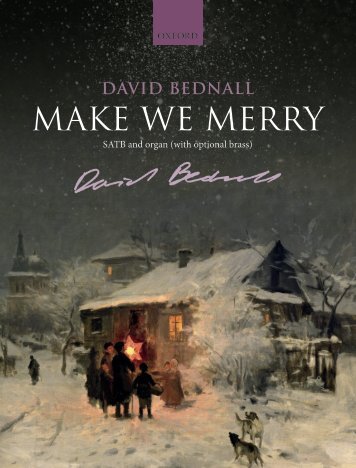
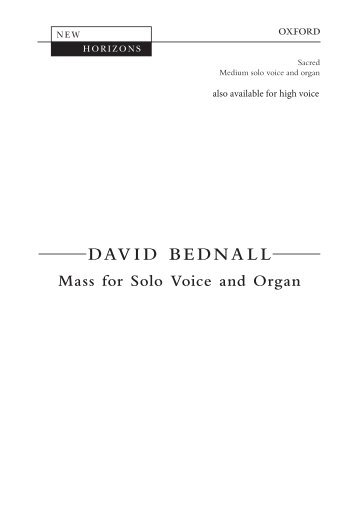
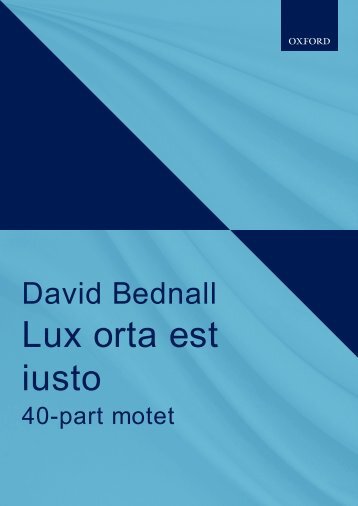


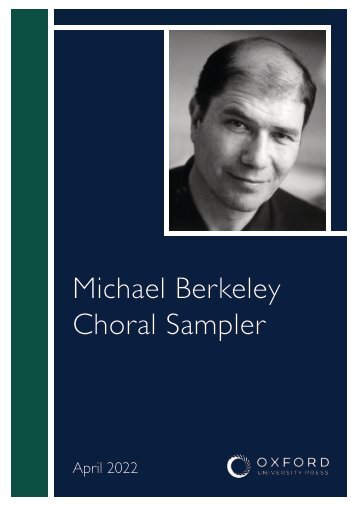
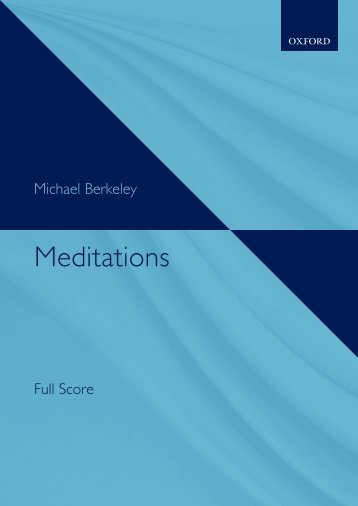
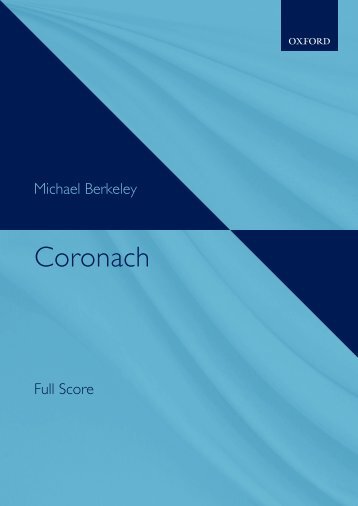
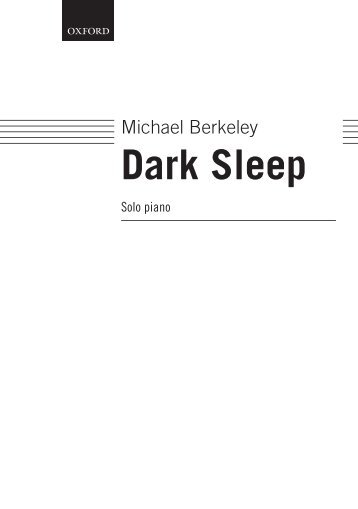

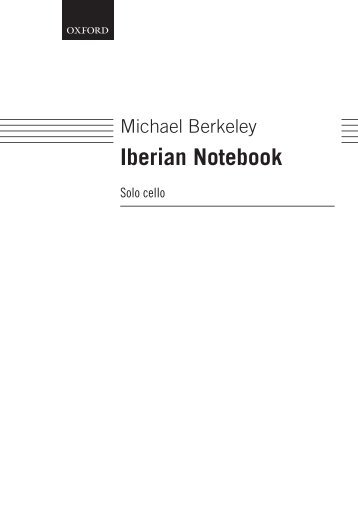


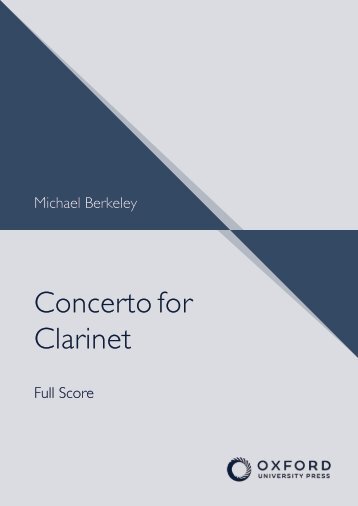

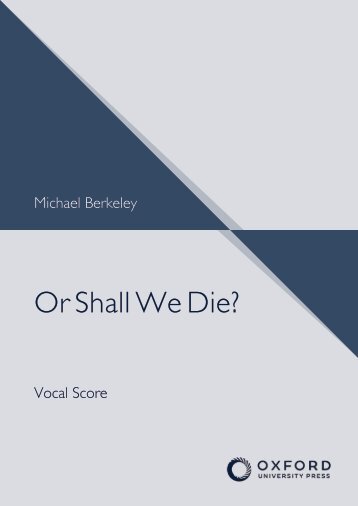

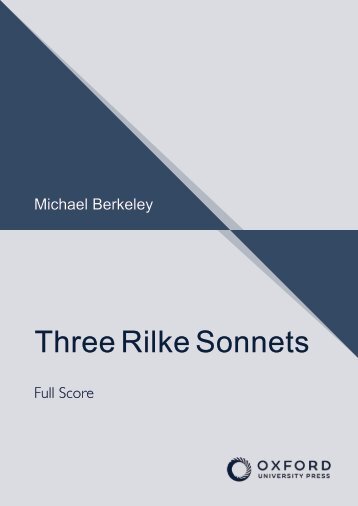
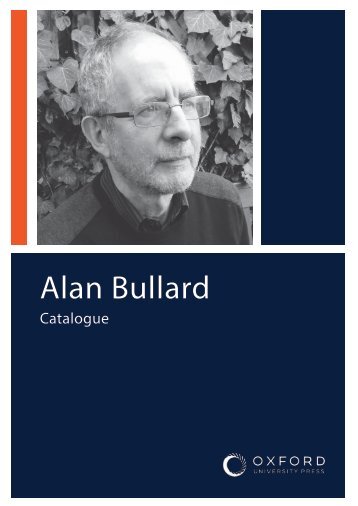
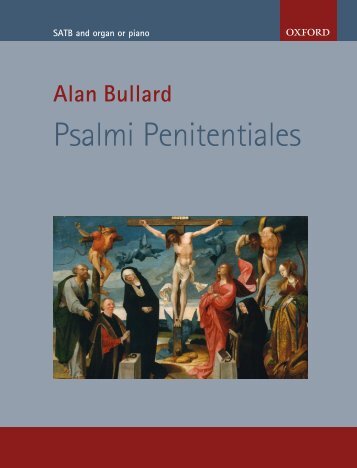
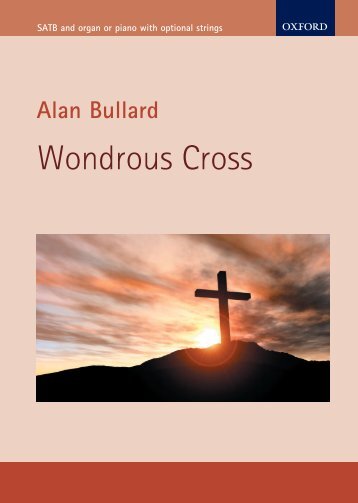
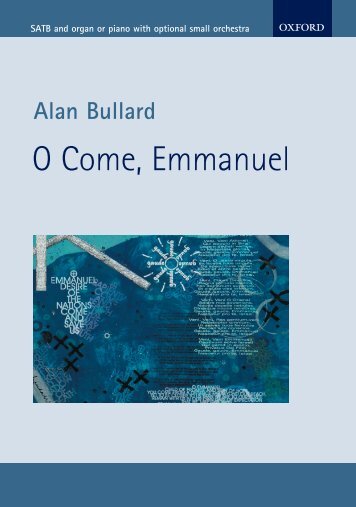
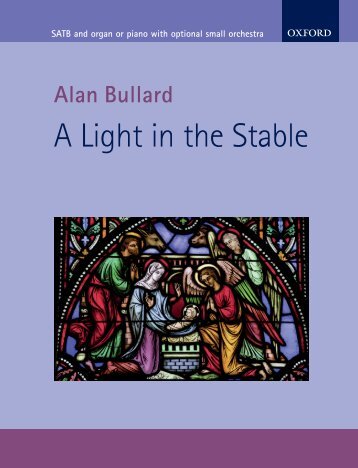
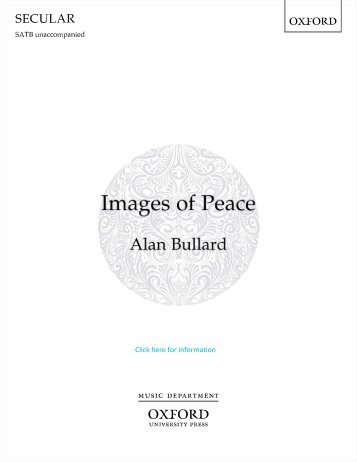
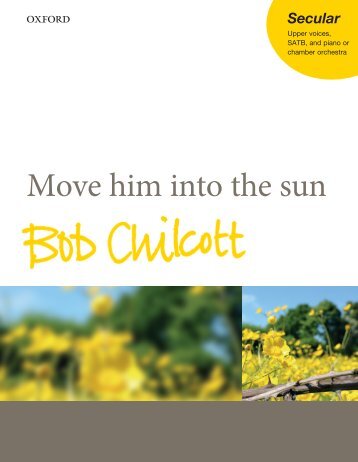
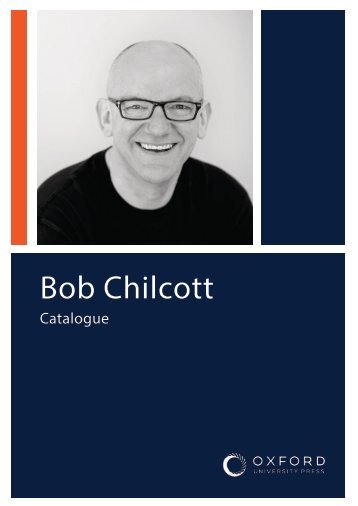
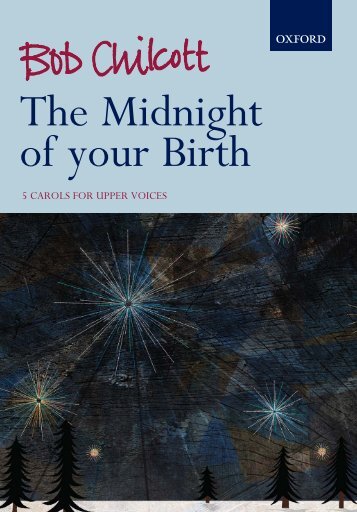
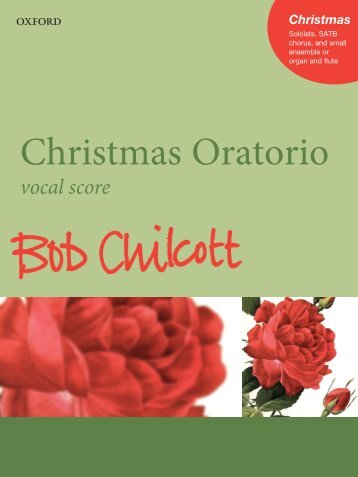
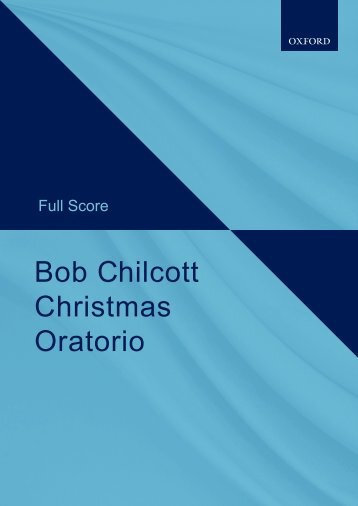


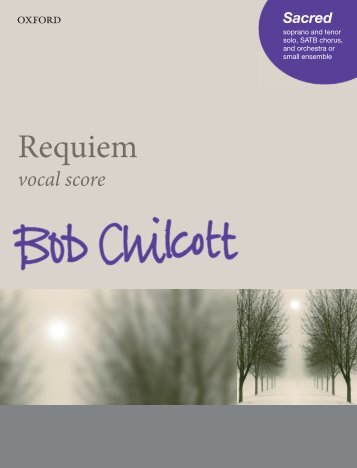


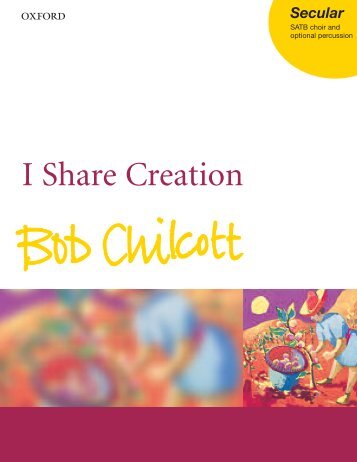
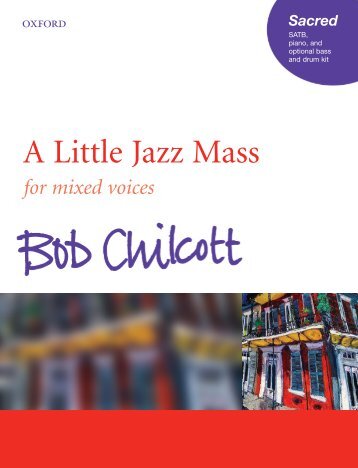
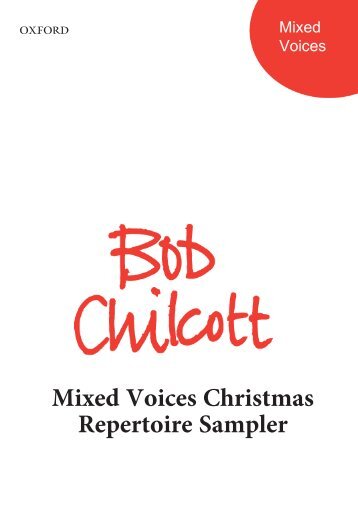
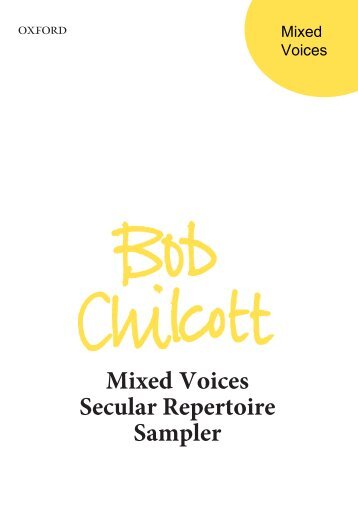

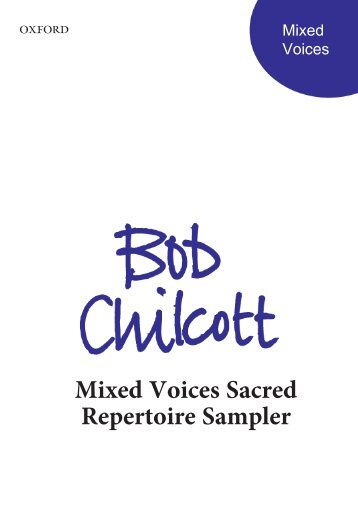

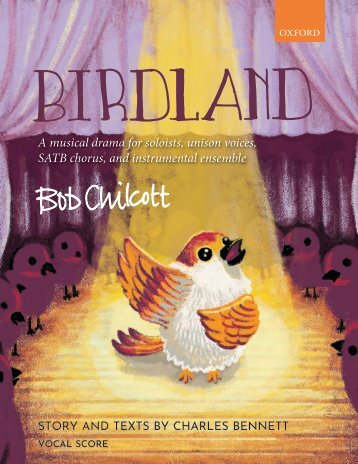

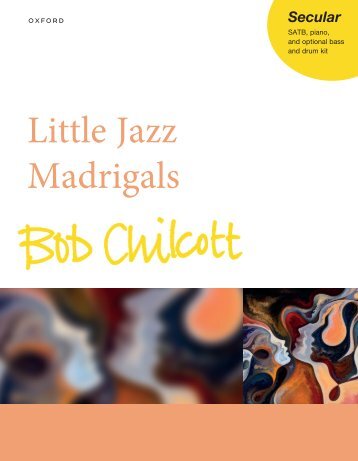




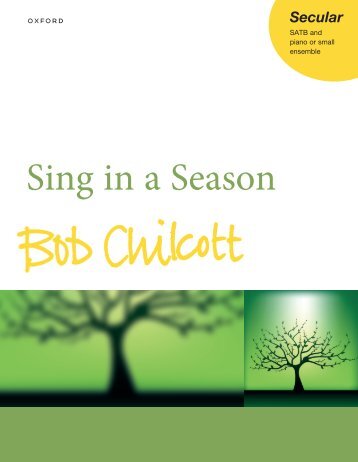
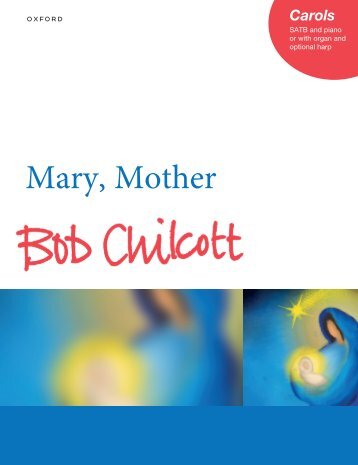
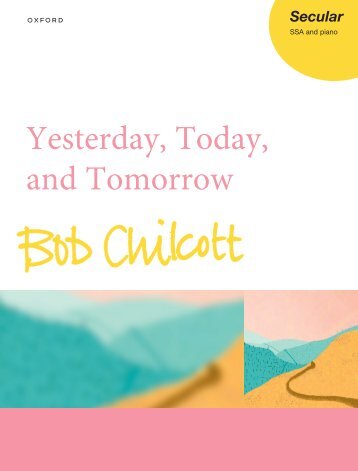
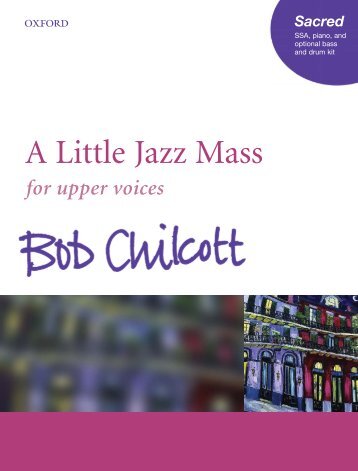

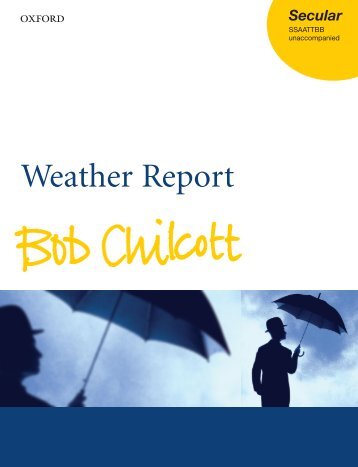
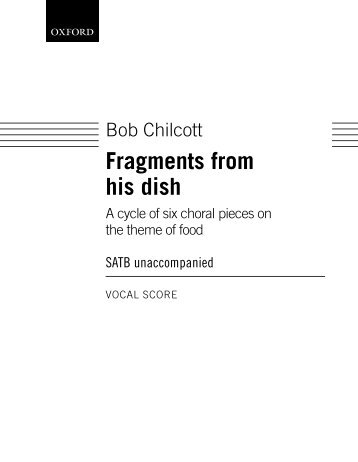

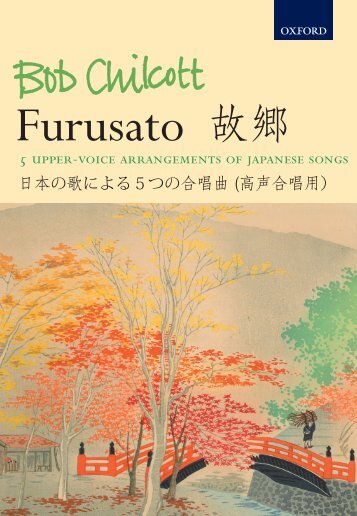


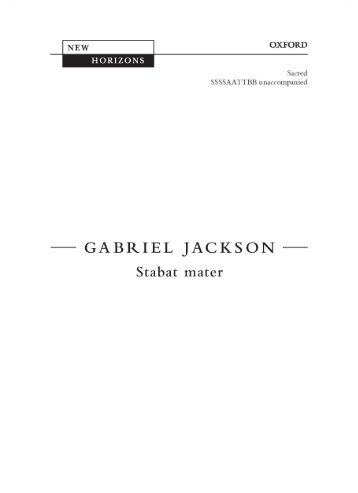
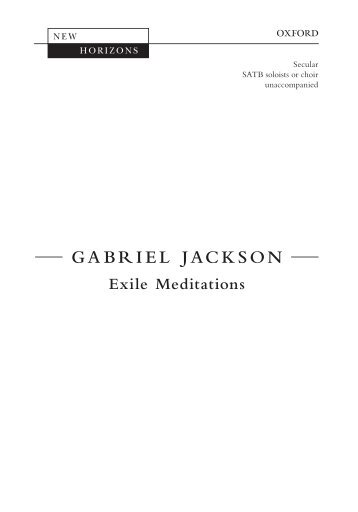
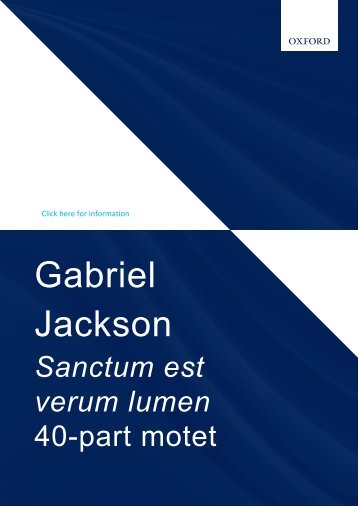
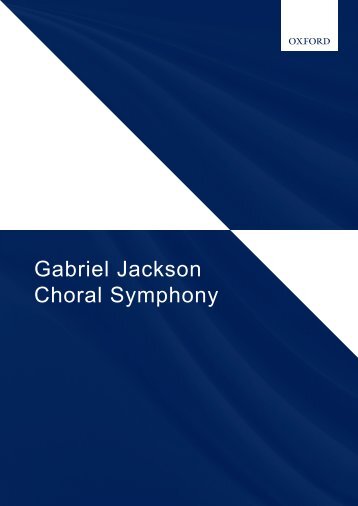

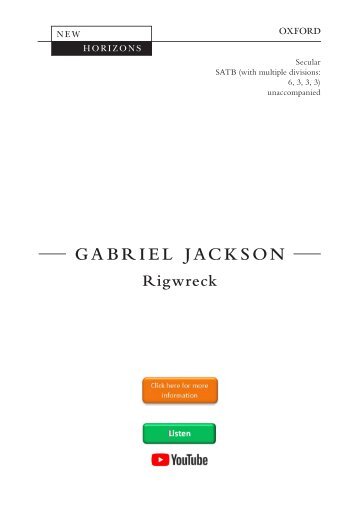
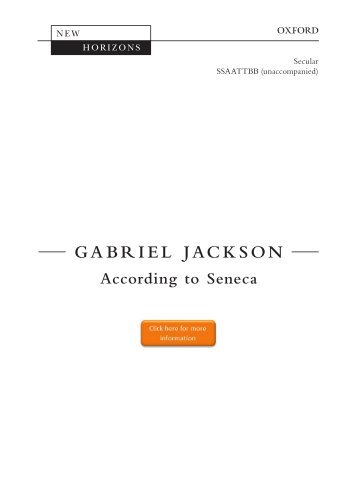
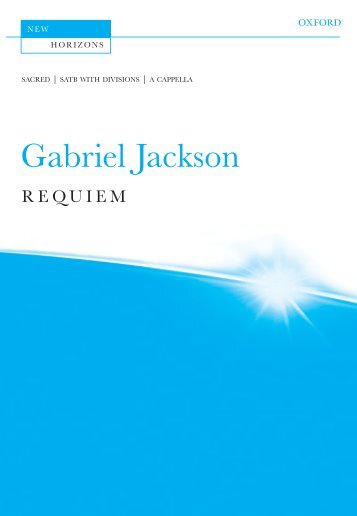
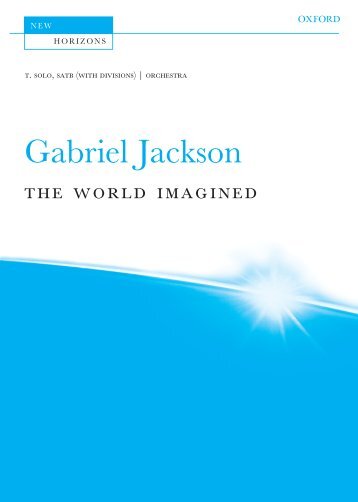

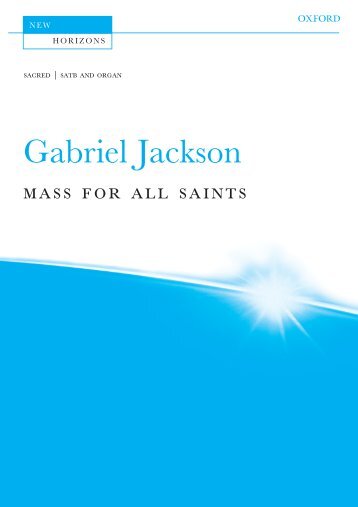


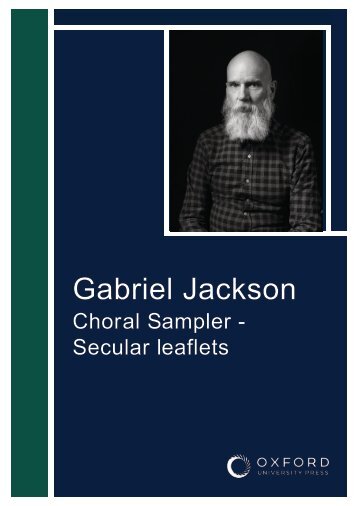

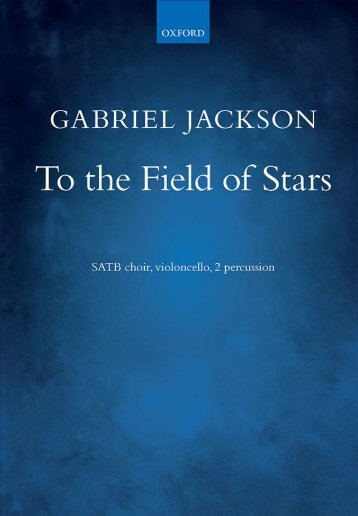
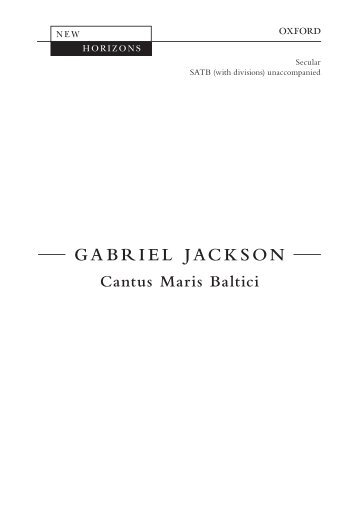
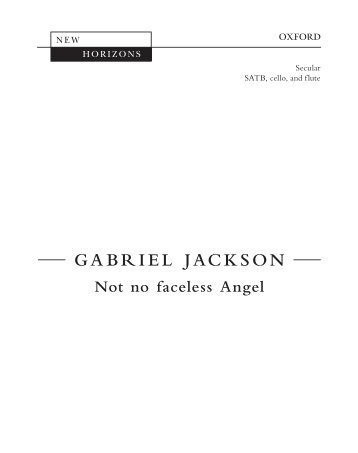
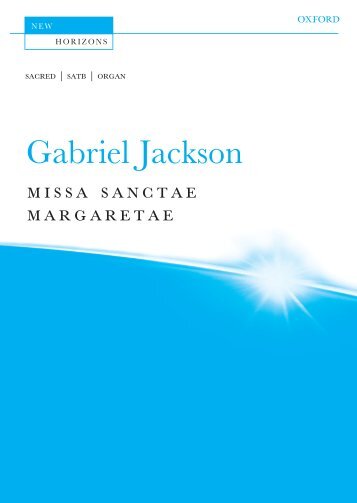
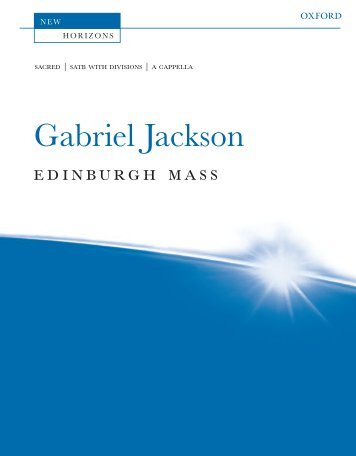



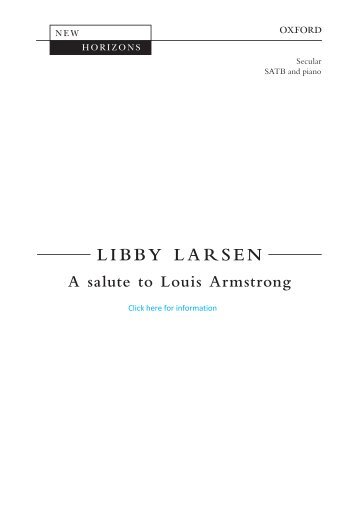


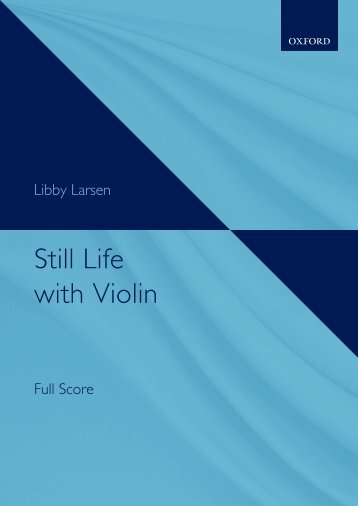
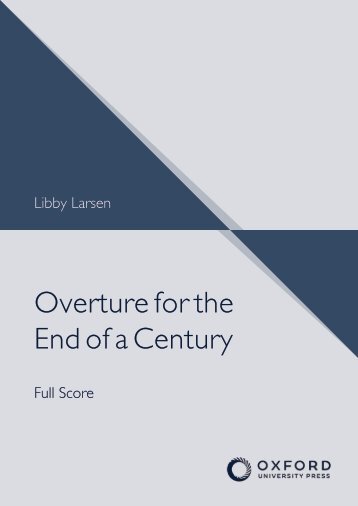




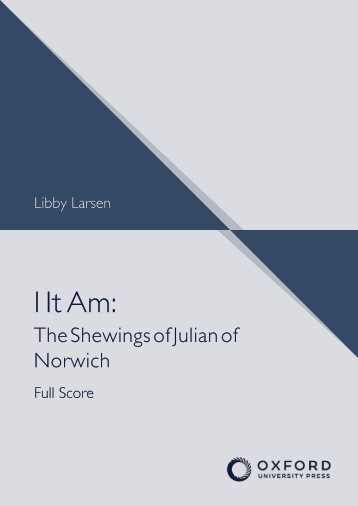

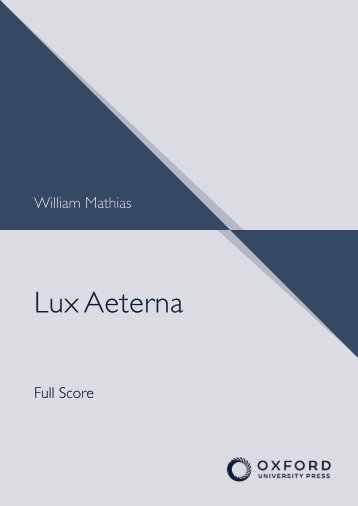









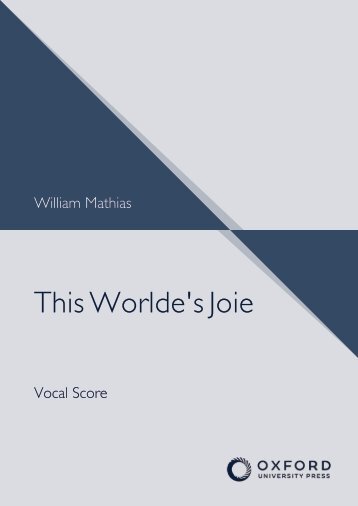

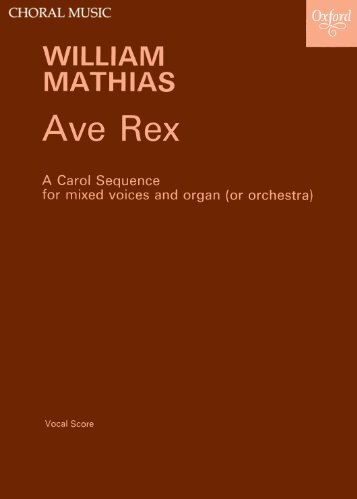



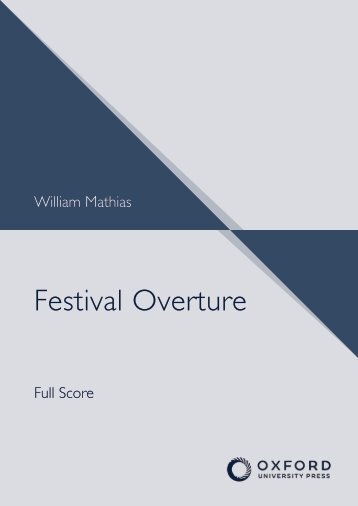

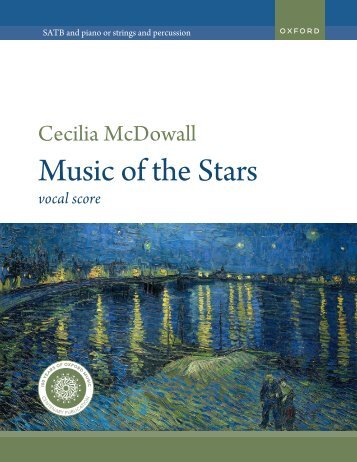
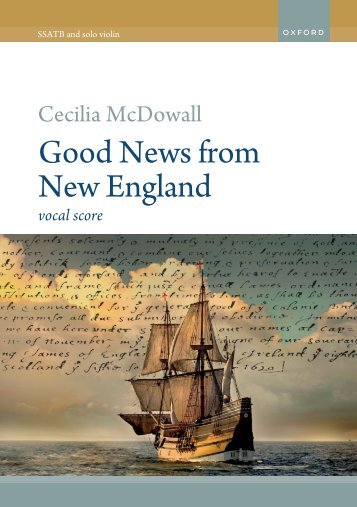



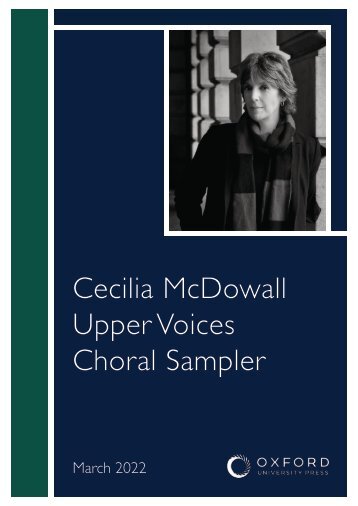
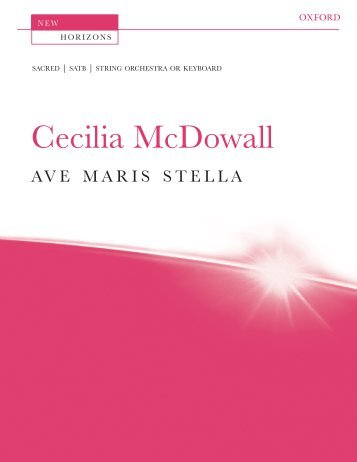
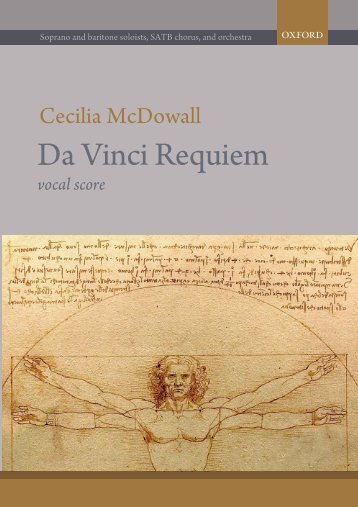
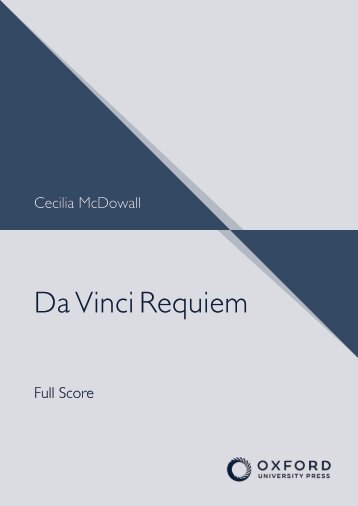
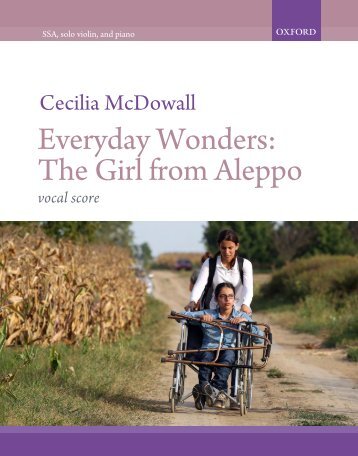
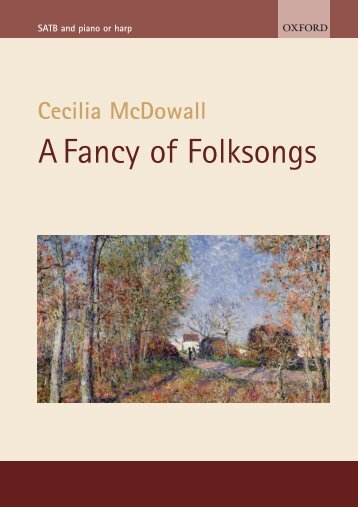


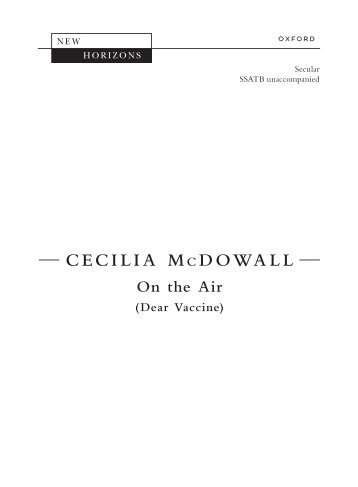
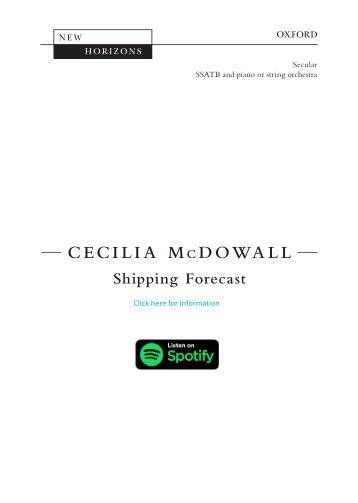
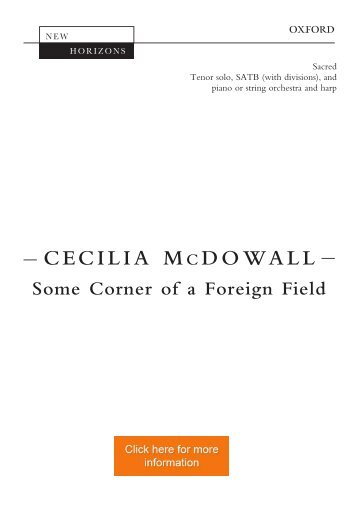

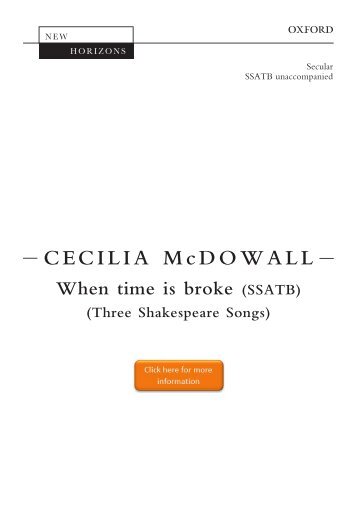
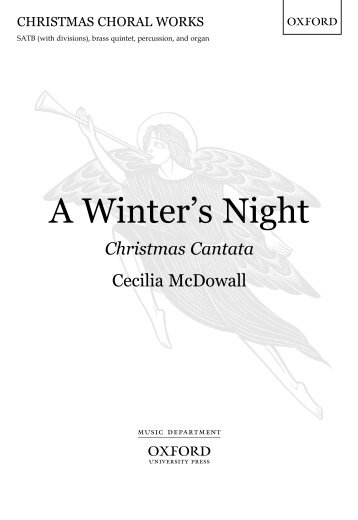
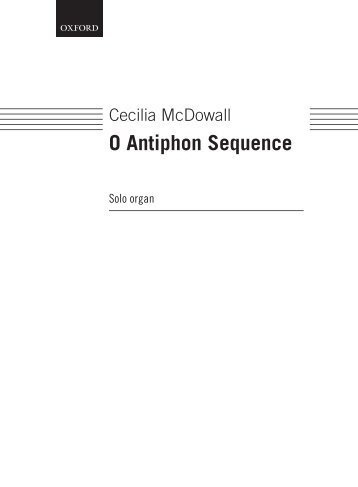

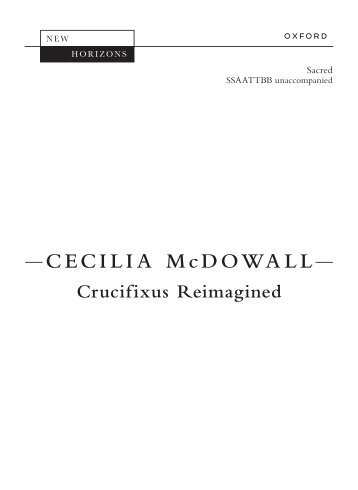
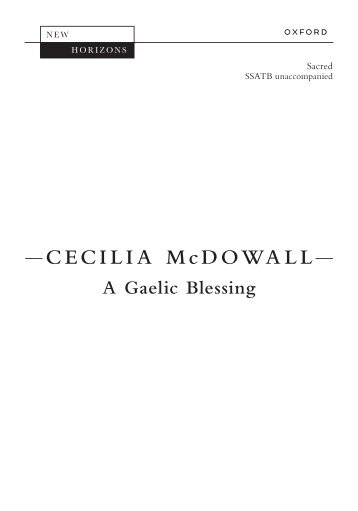
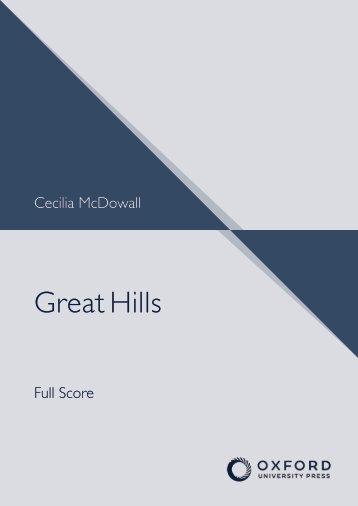

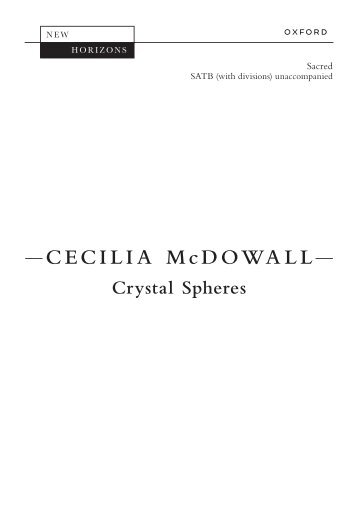
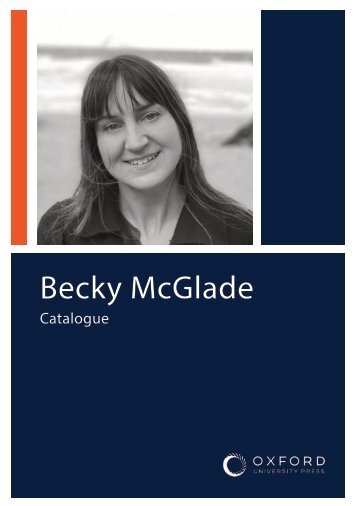
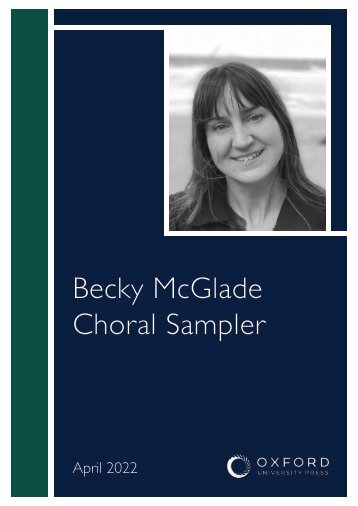
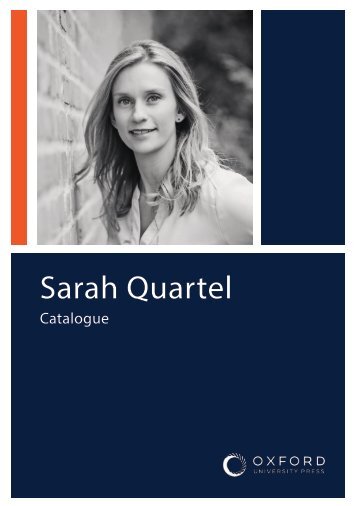

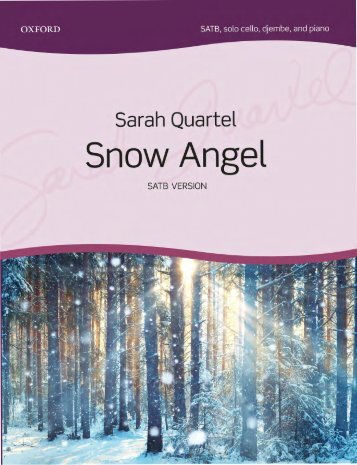
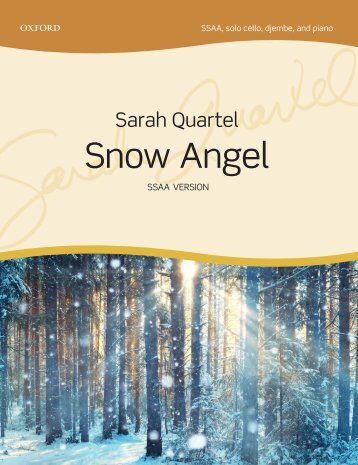
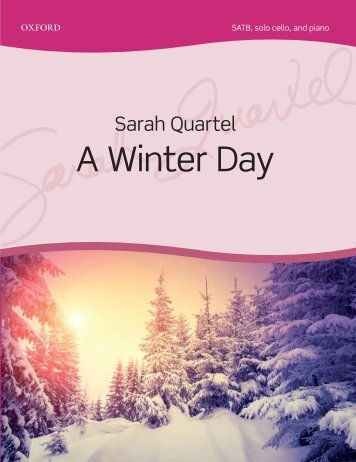
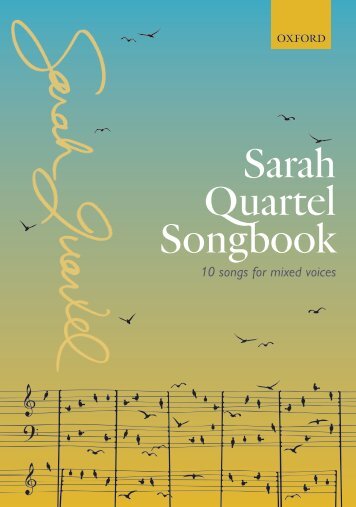
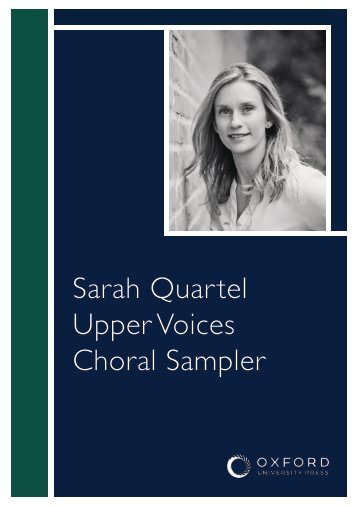
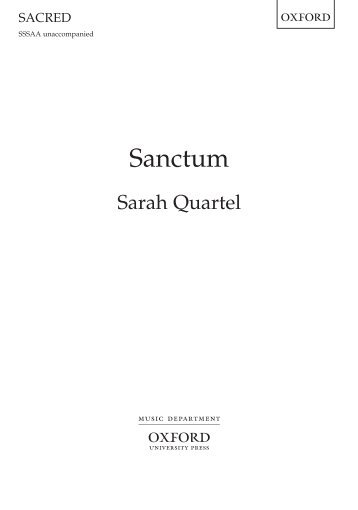


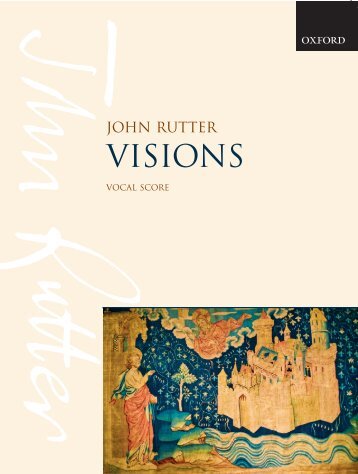
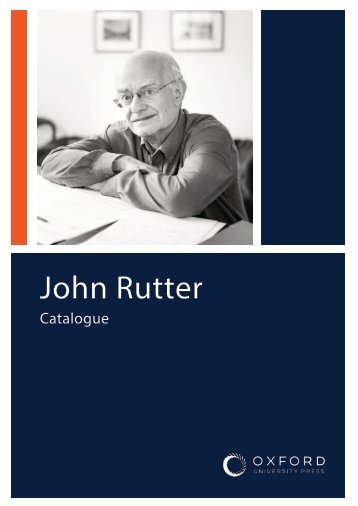
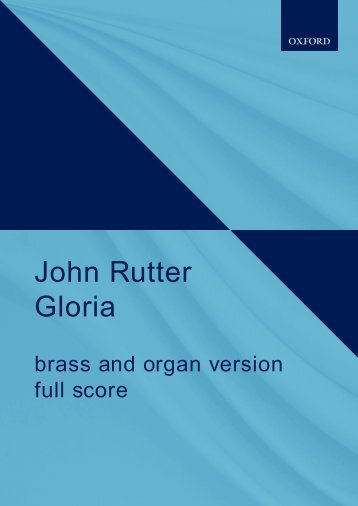
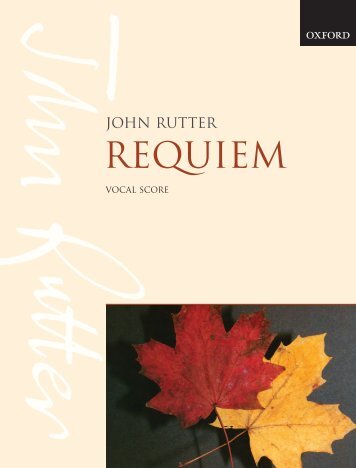

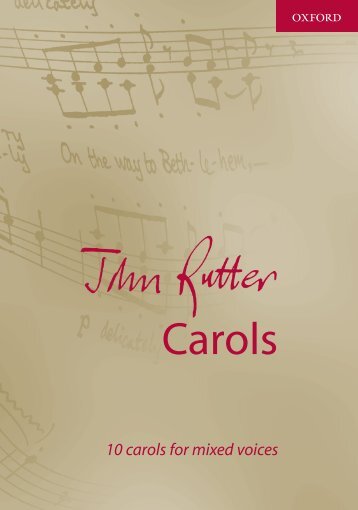
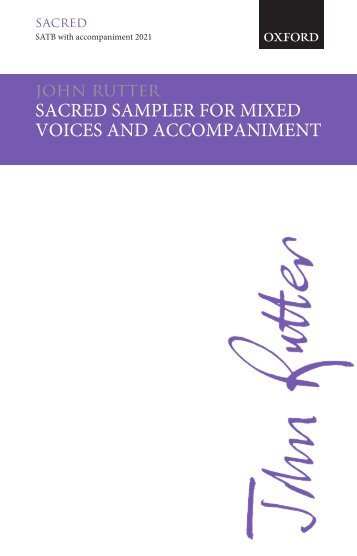
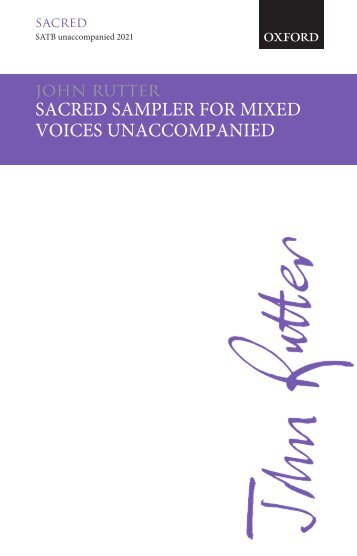
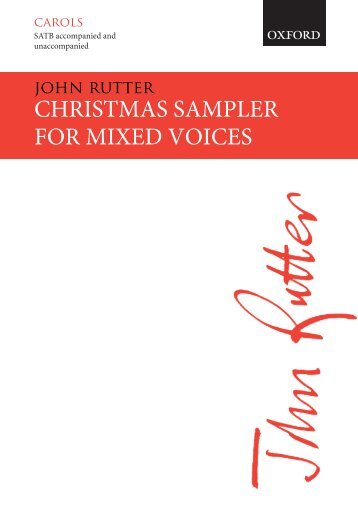
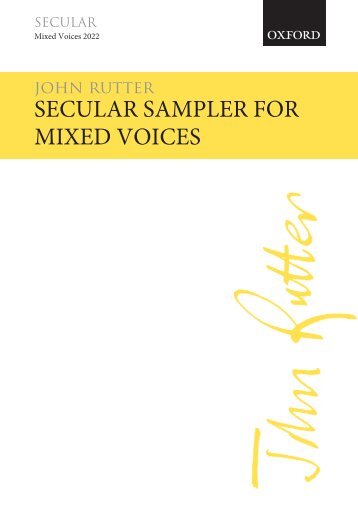
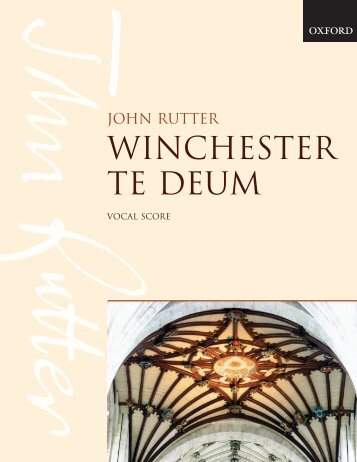
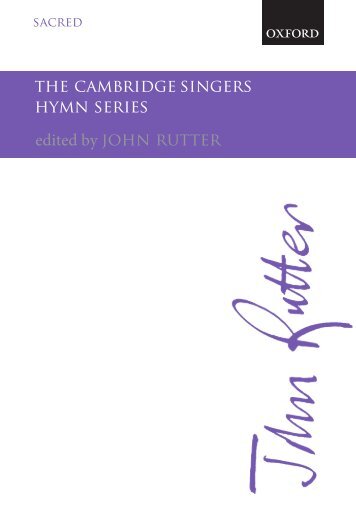
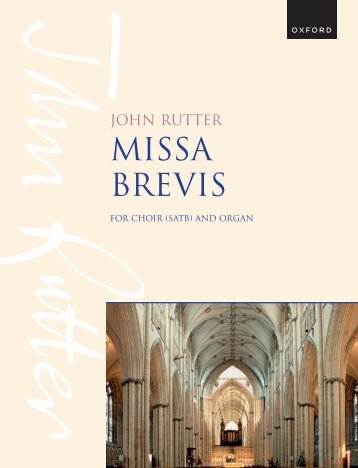
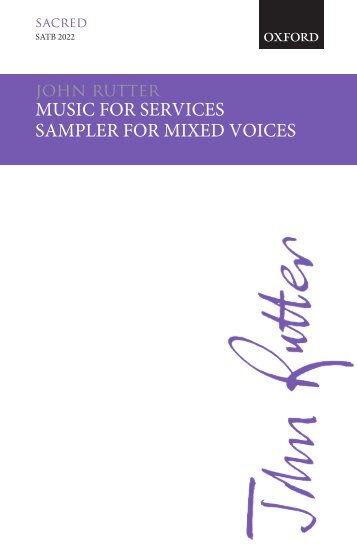
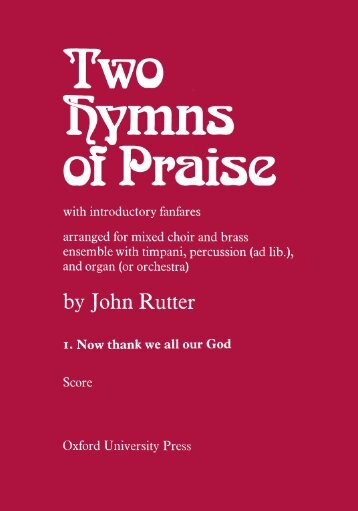

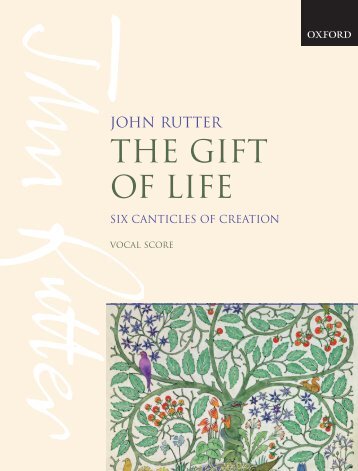
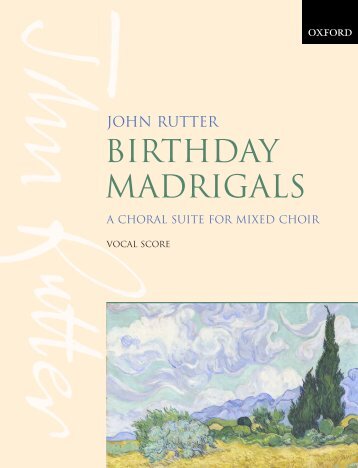
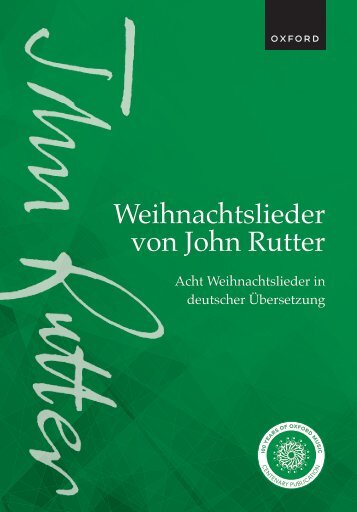
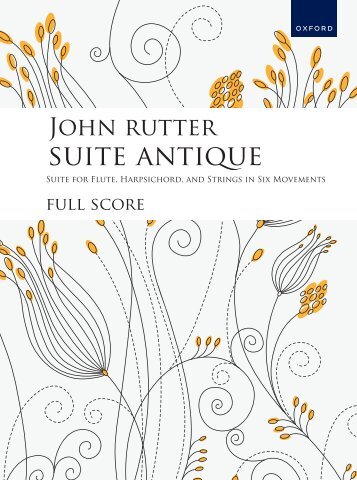
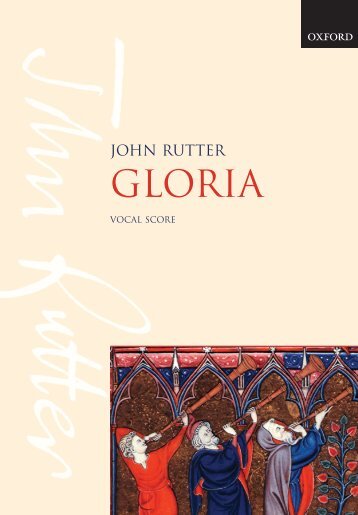
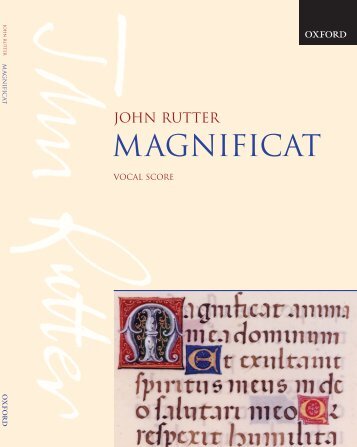
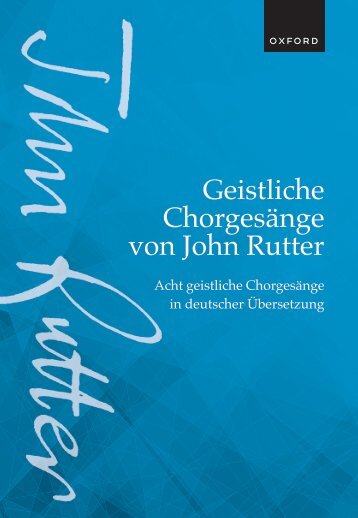
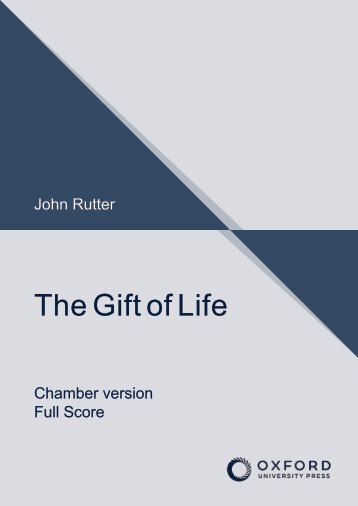
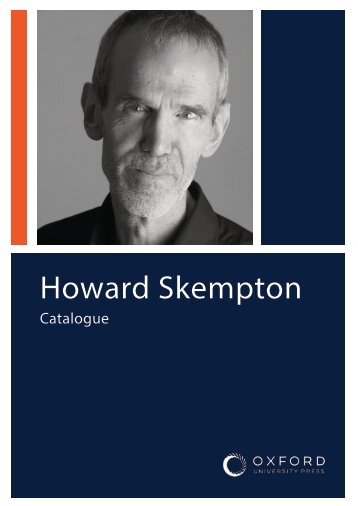


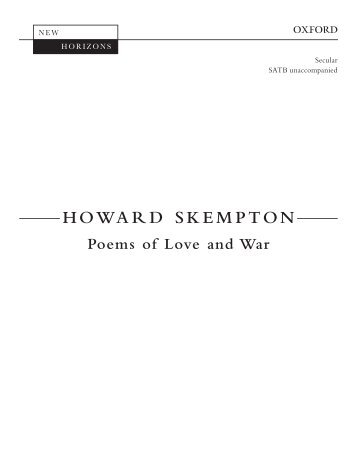


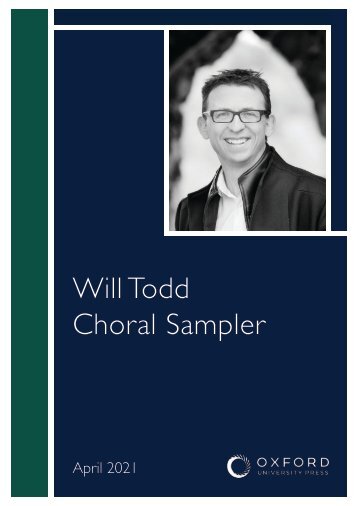
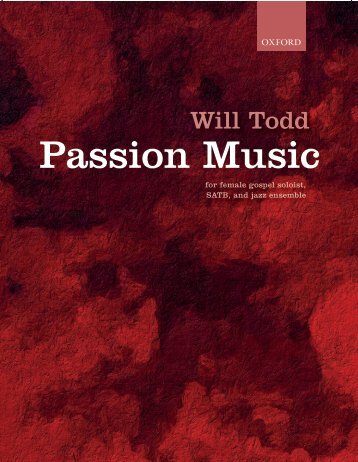
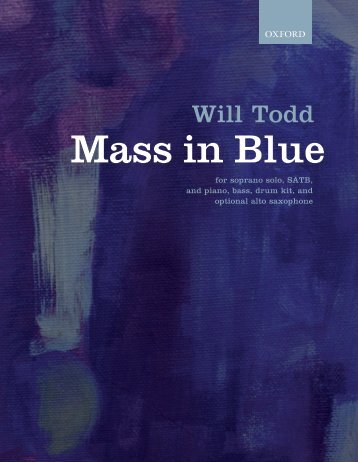
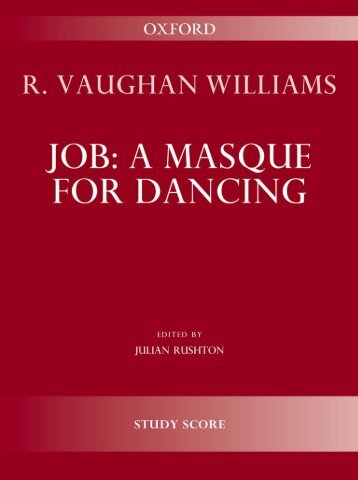

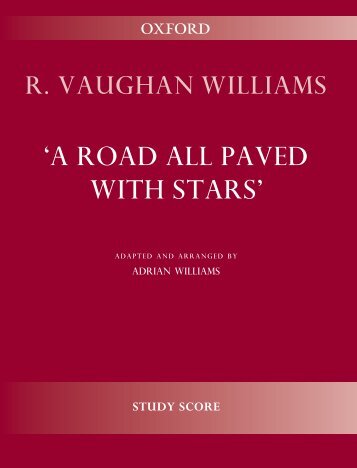
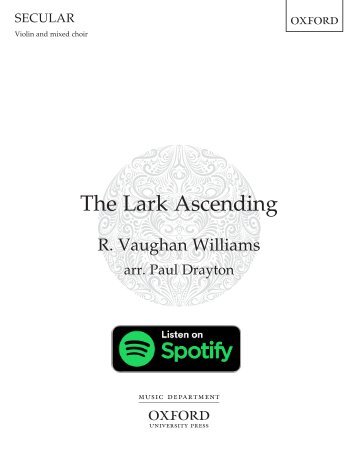

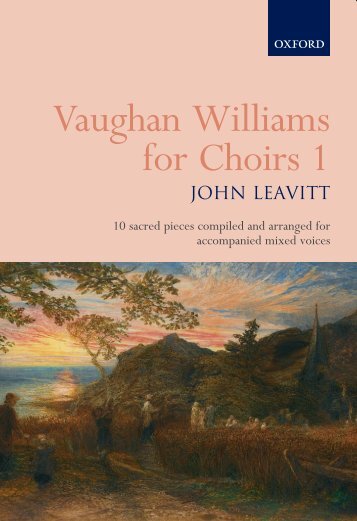
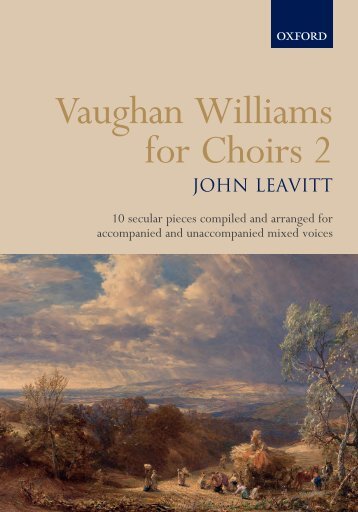

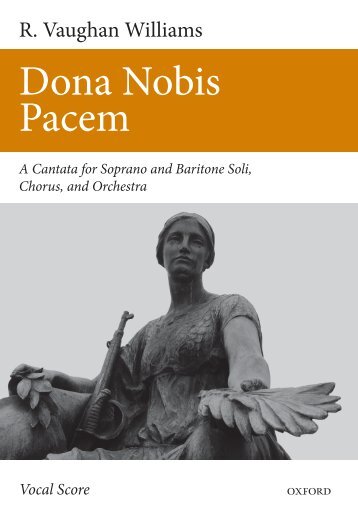
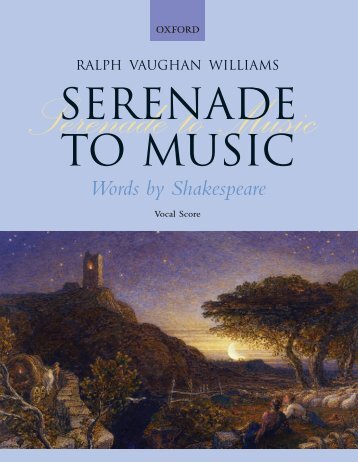
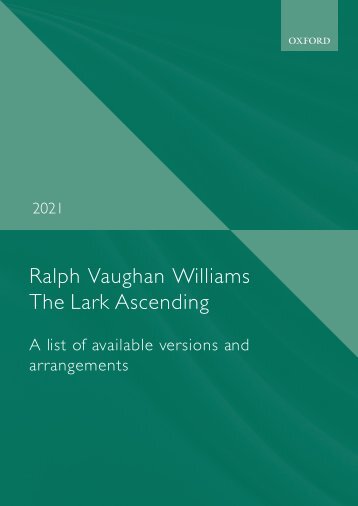

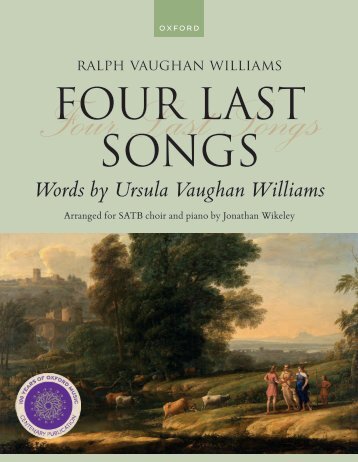

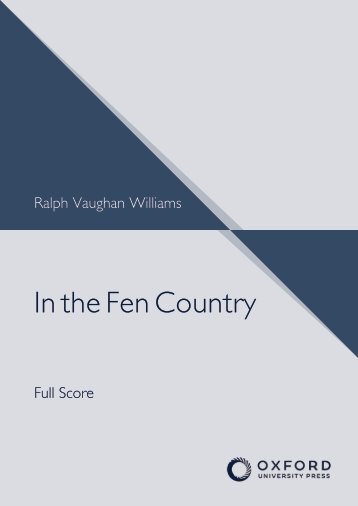
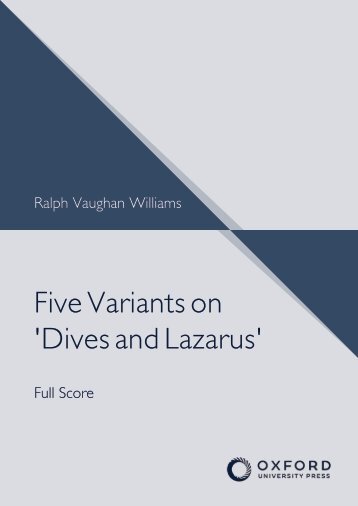
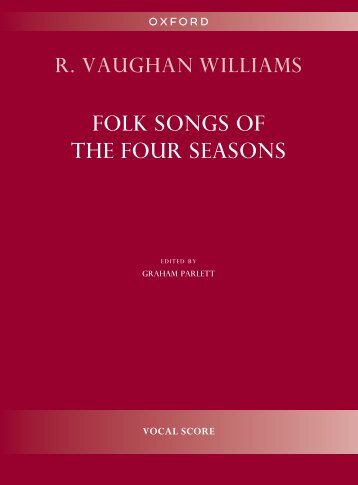




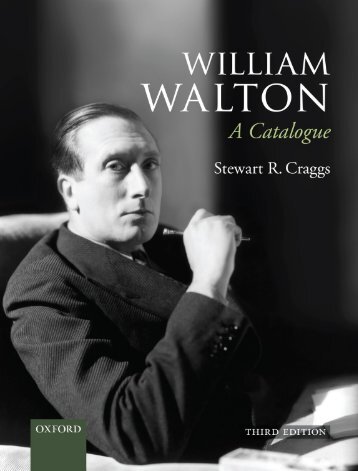



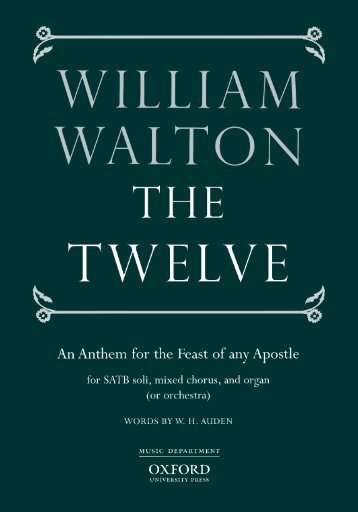


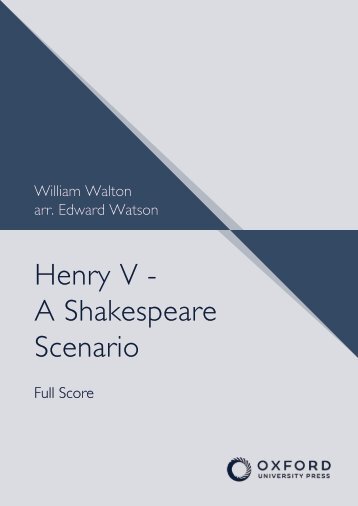






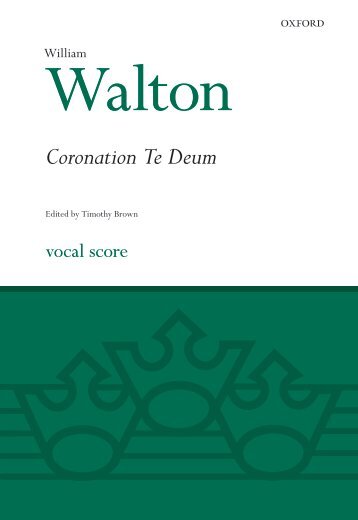
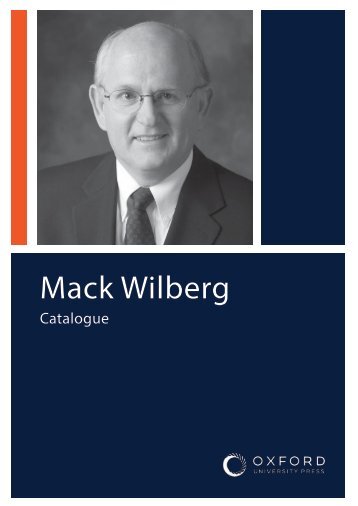
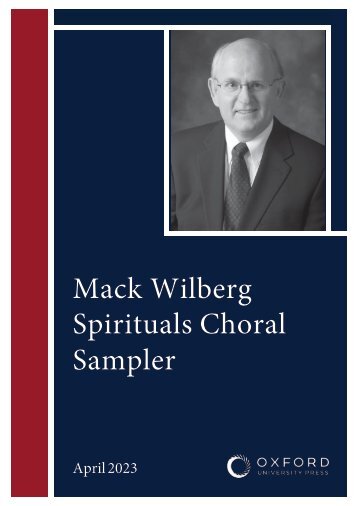
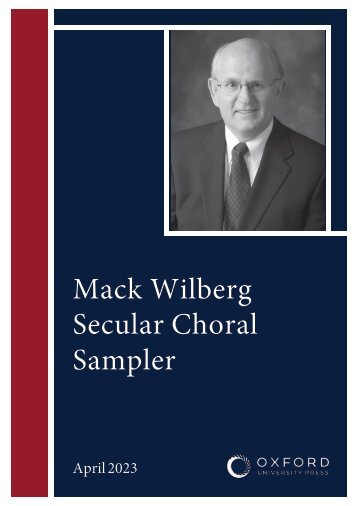




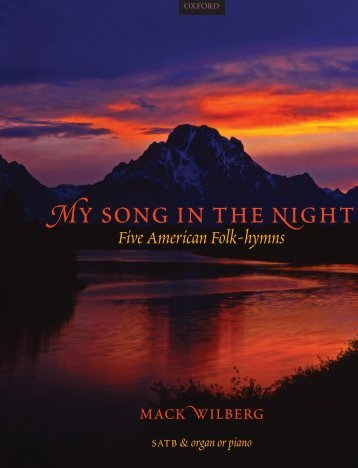
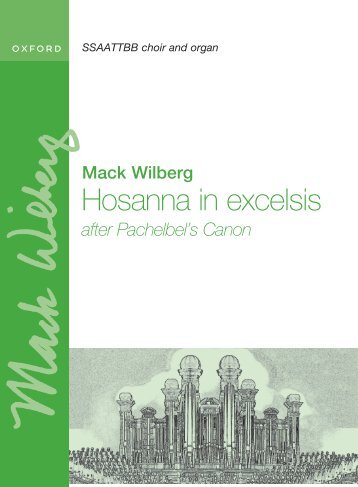


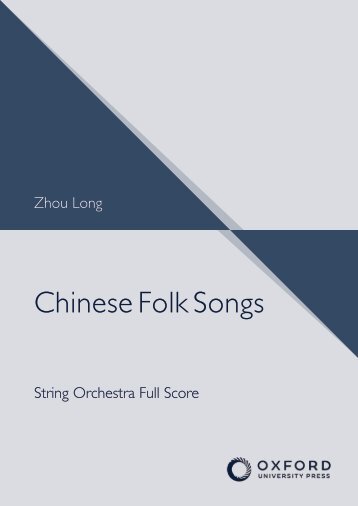

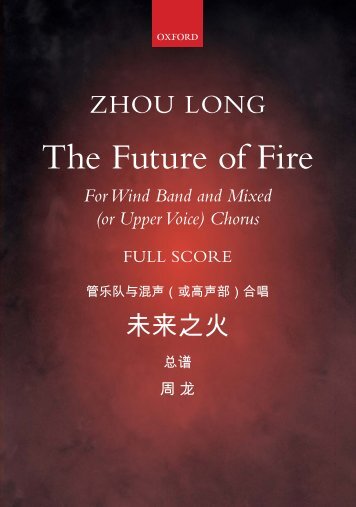





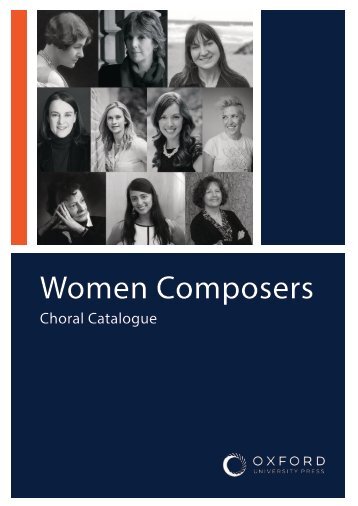

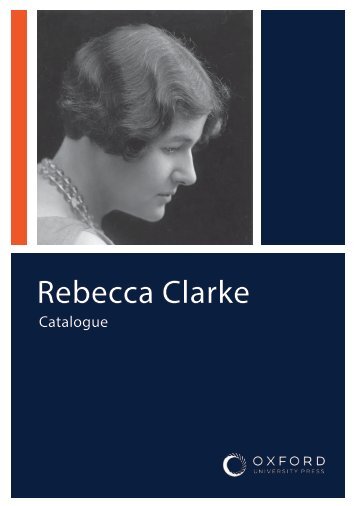

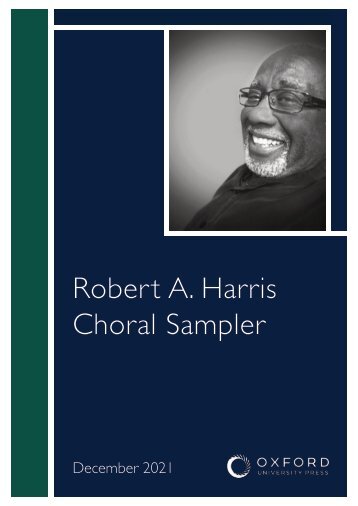
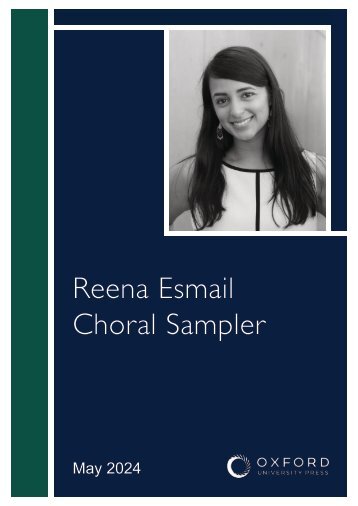
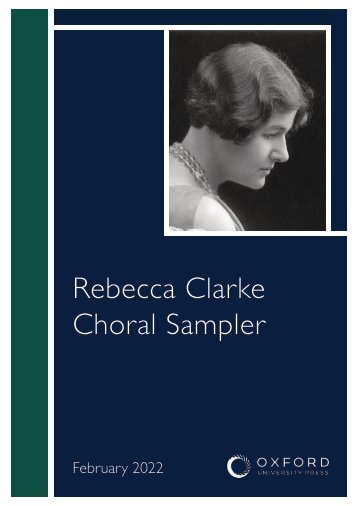
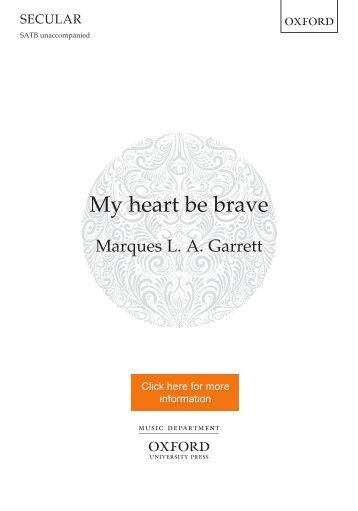
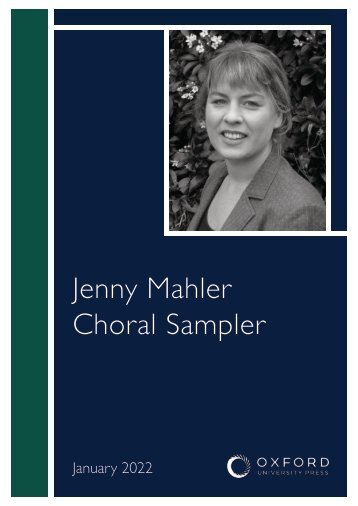
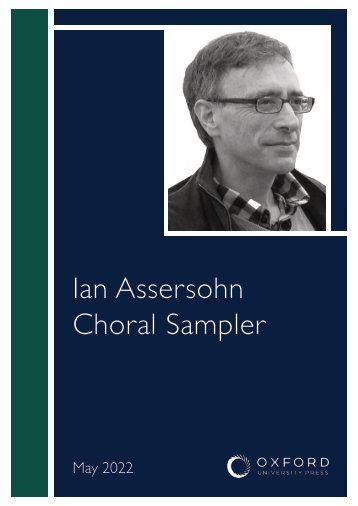
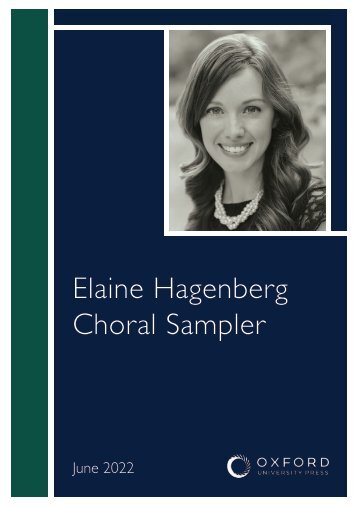
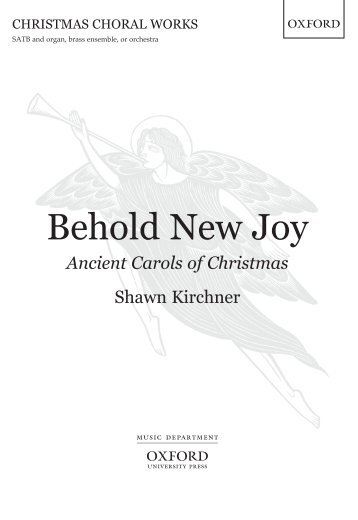
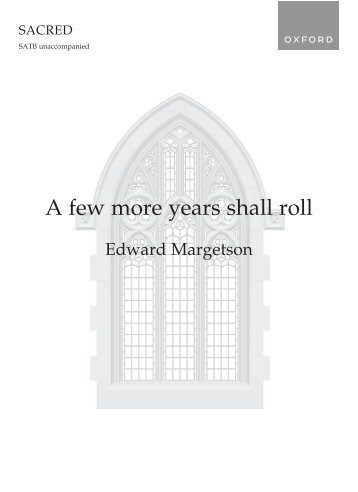
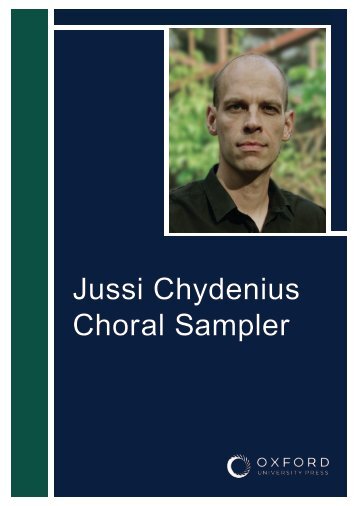


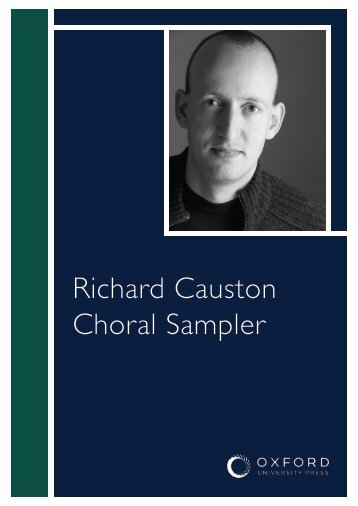
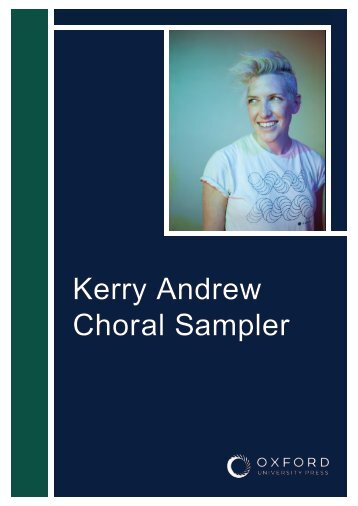
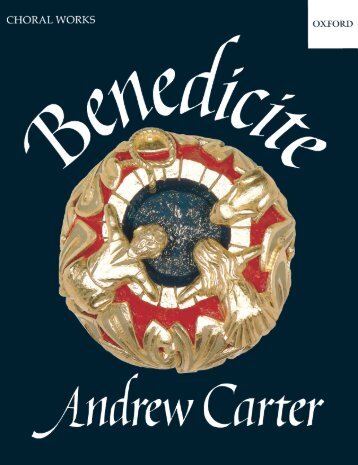
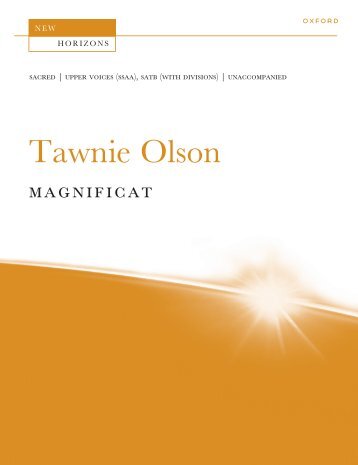


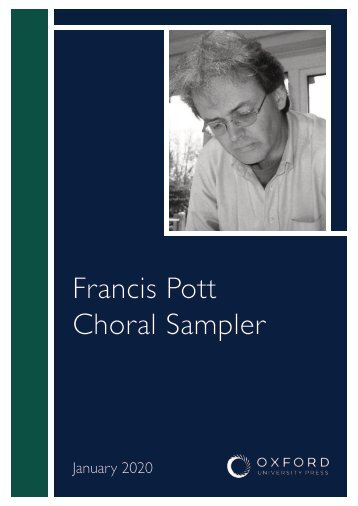

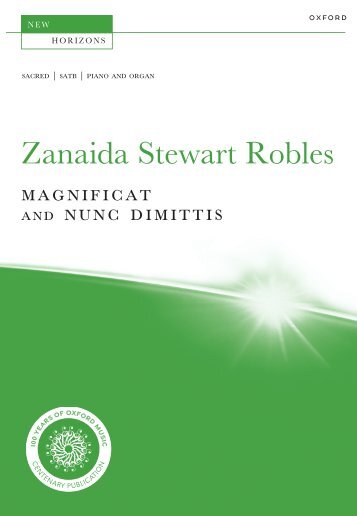

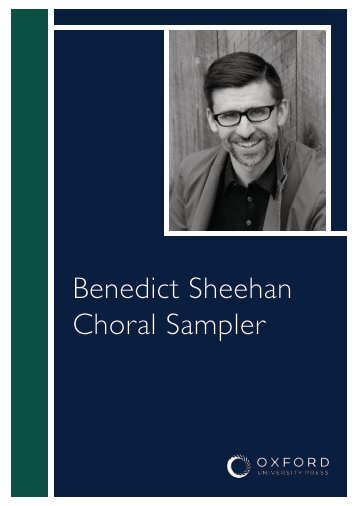
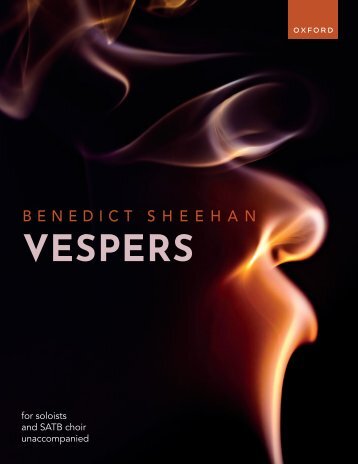


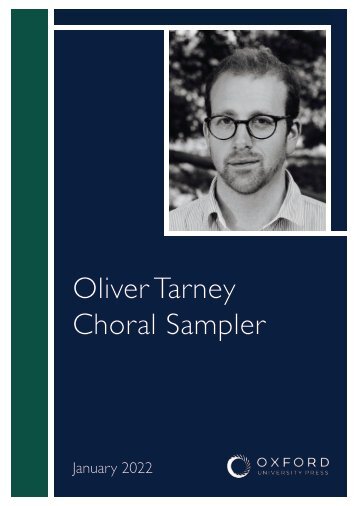

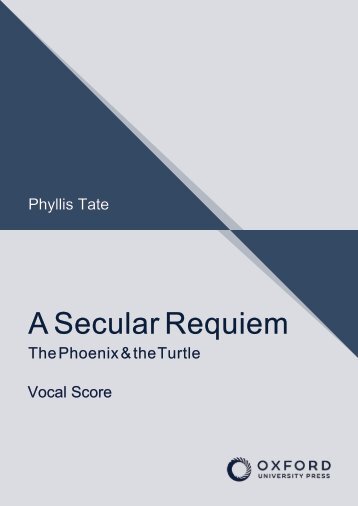
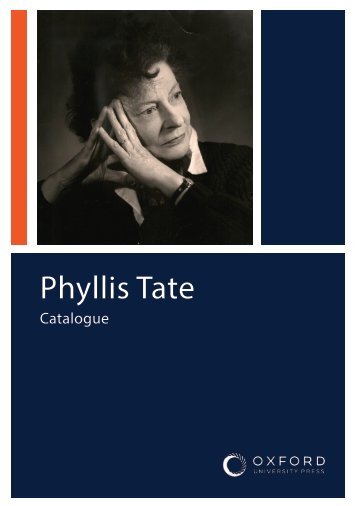
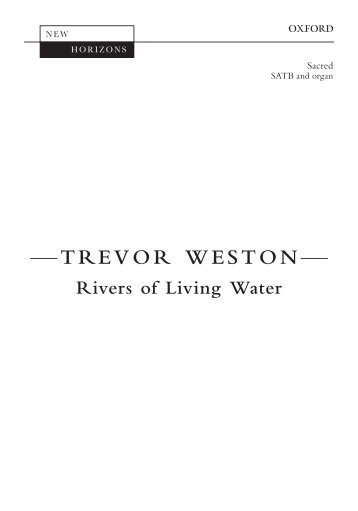
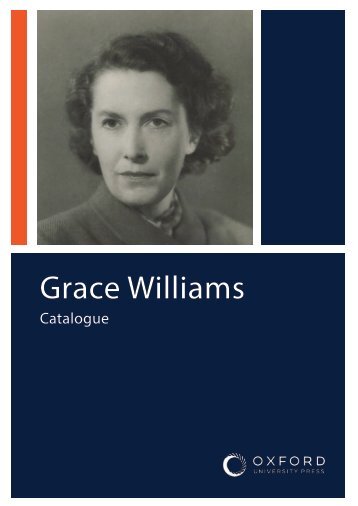
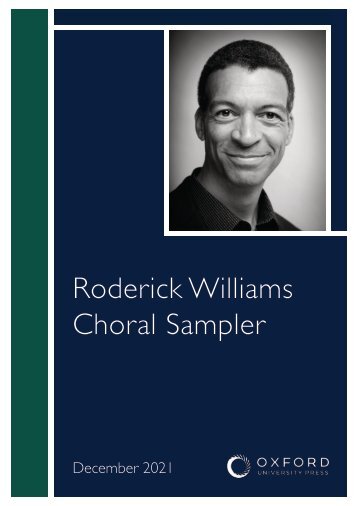
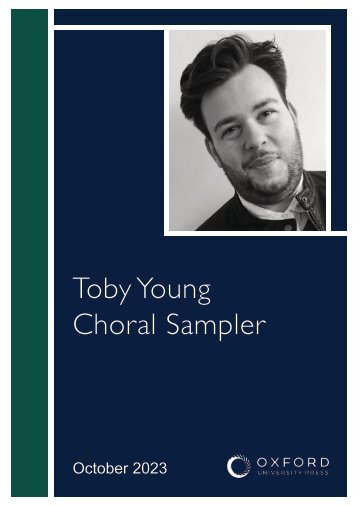


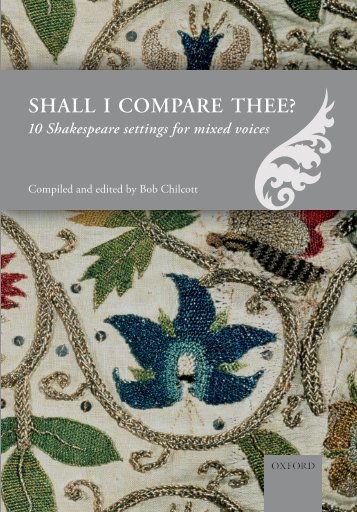
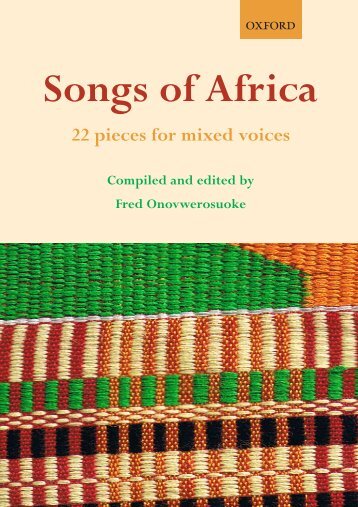



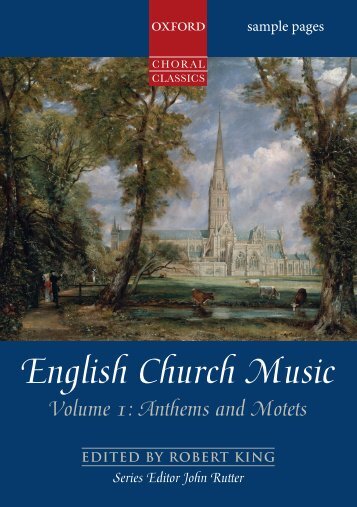
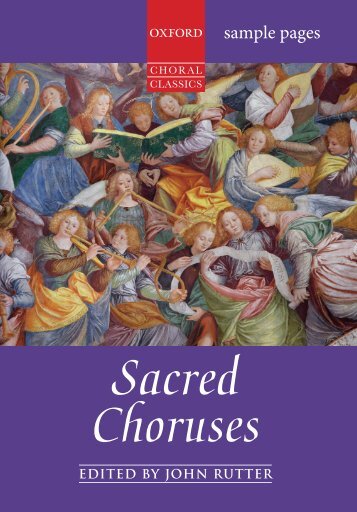

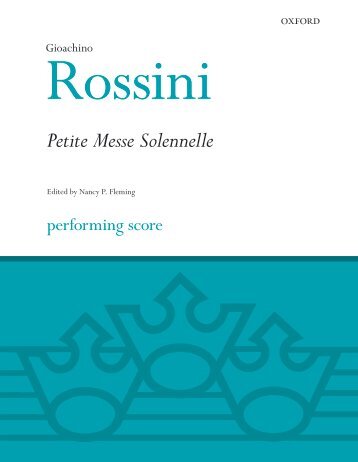
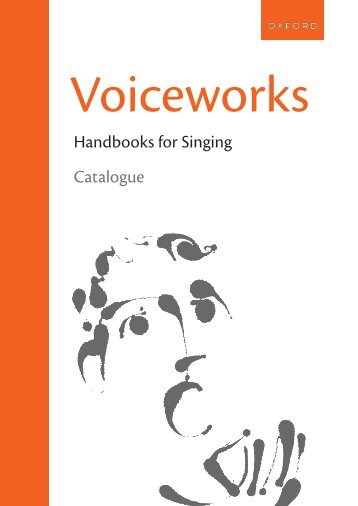



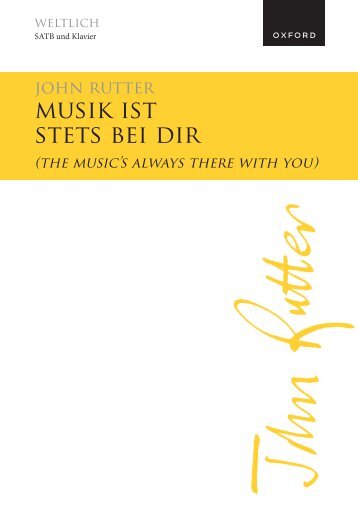
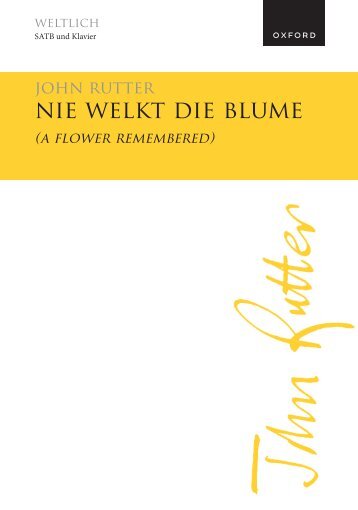

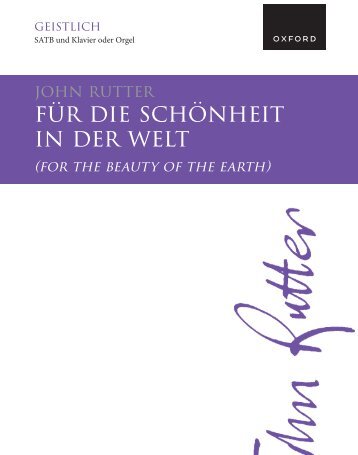
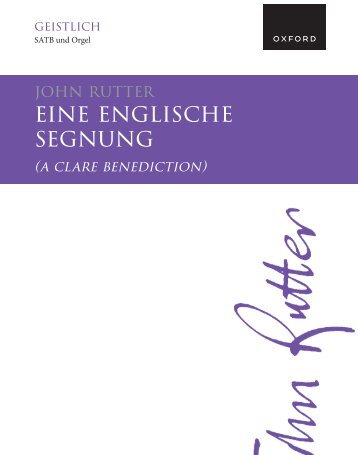

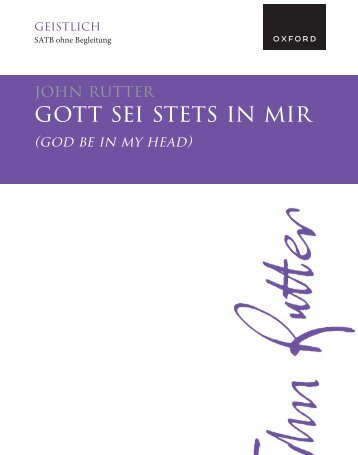


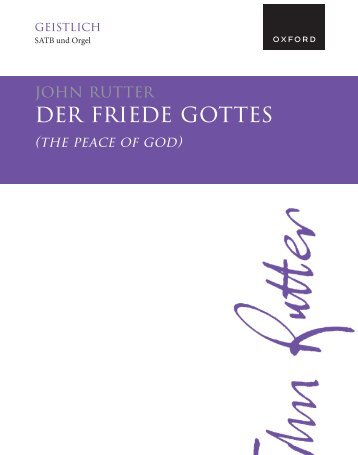

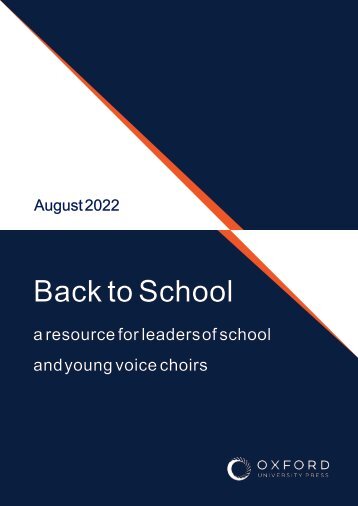
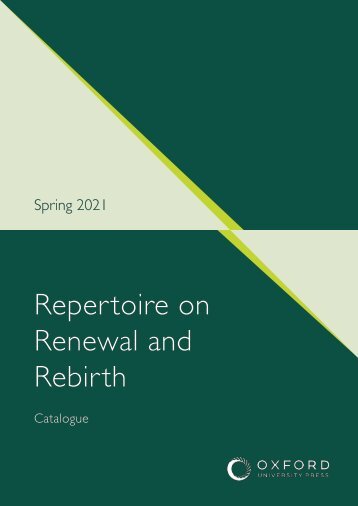
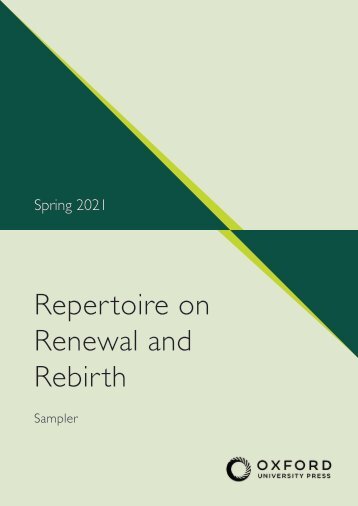
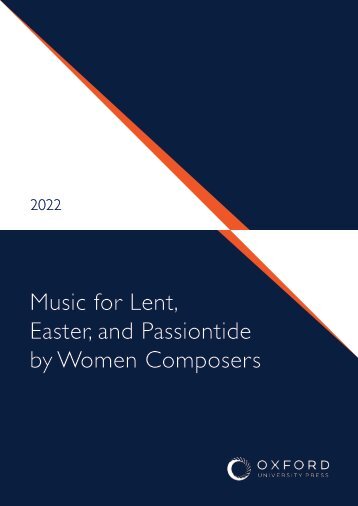
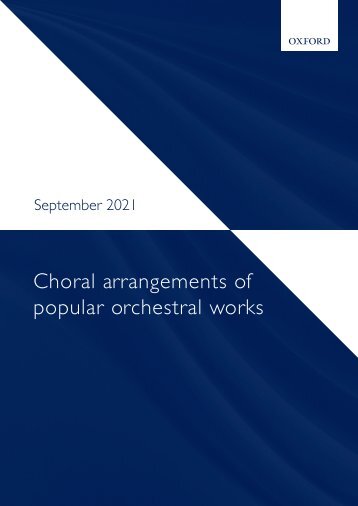
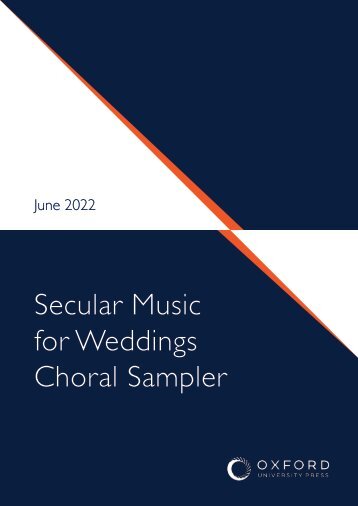

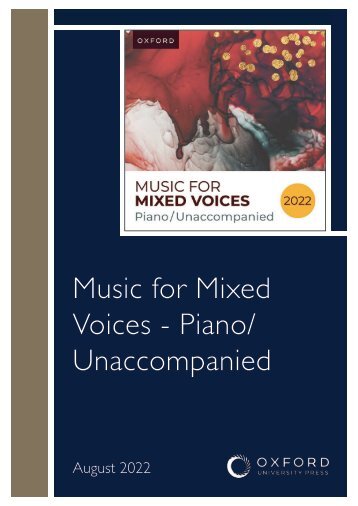
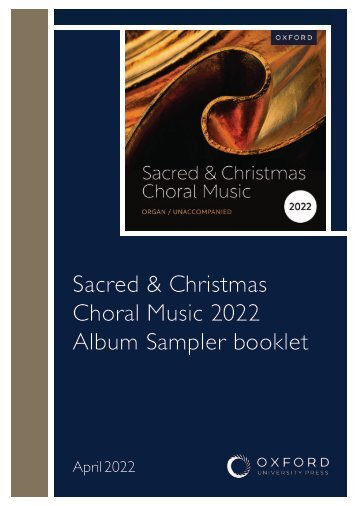
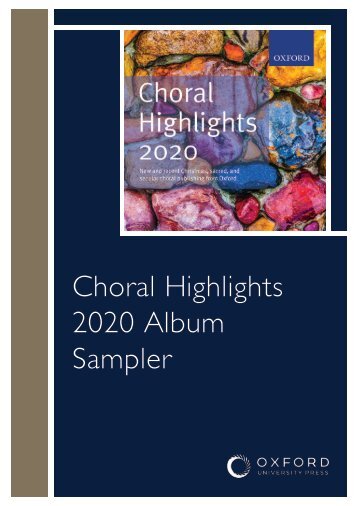
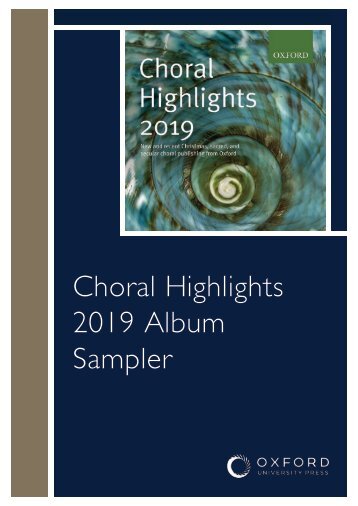
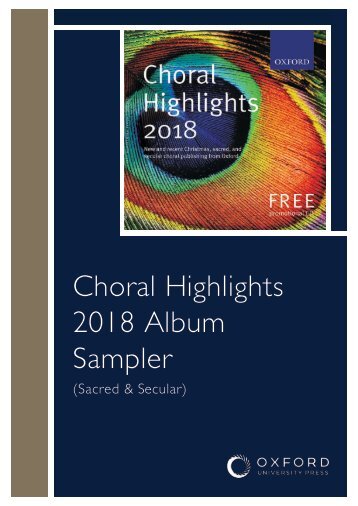

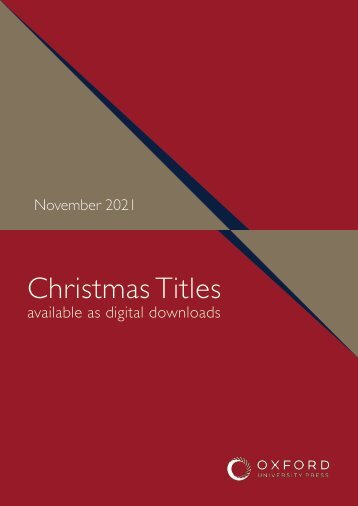
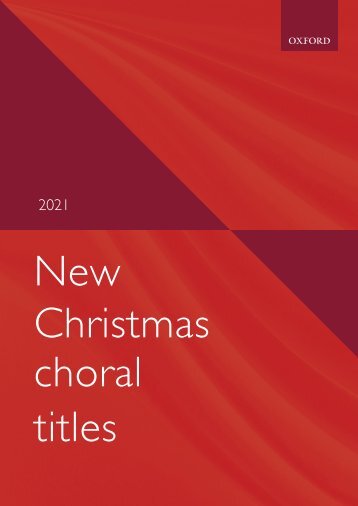
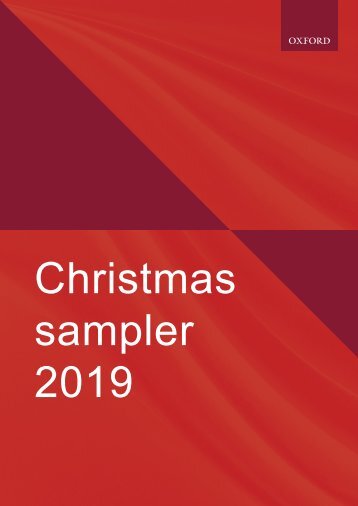
Facebook
Twitter
Email